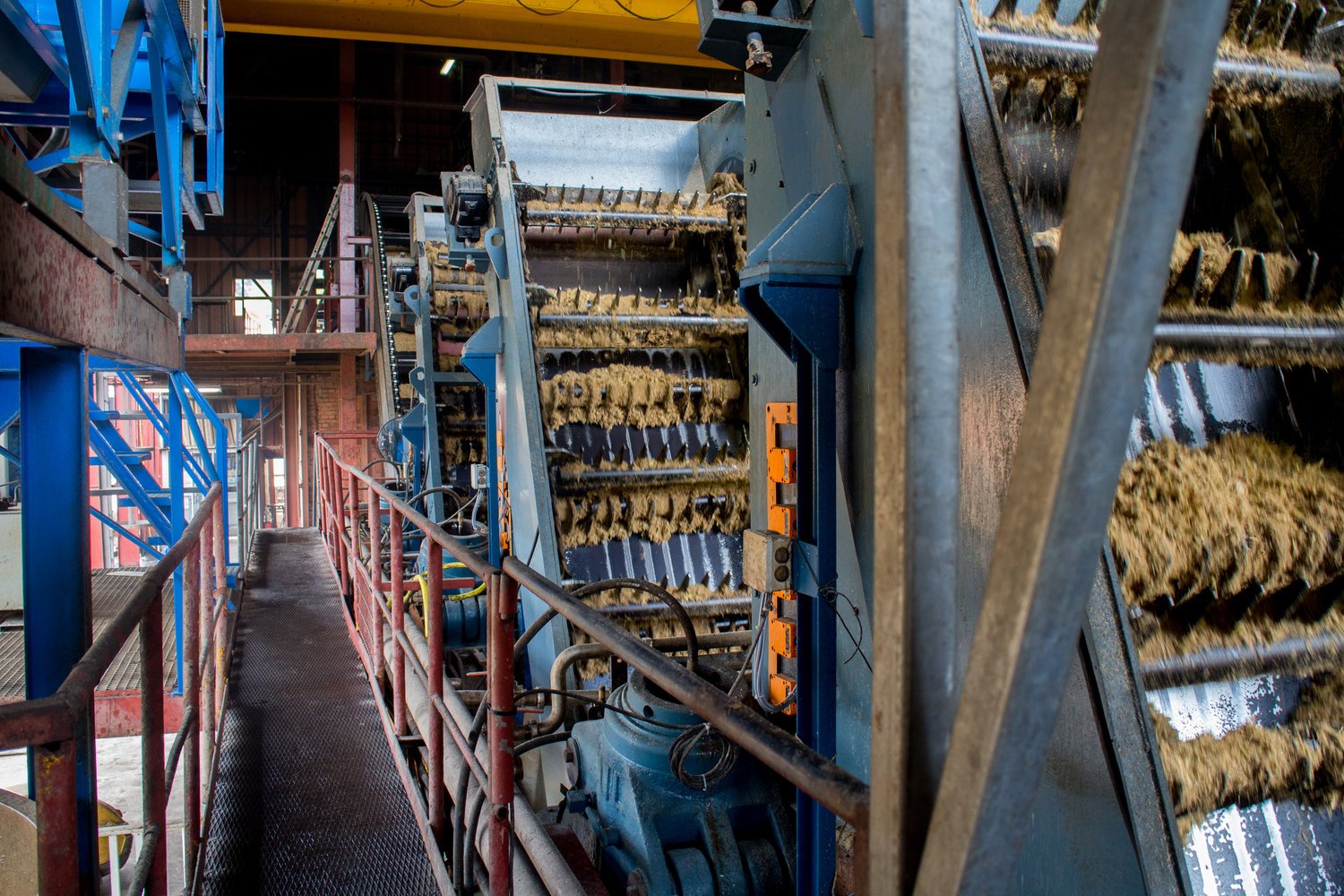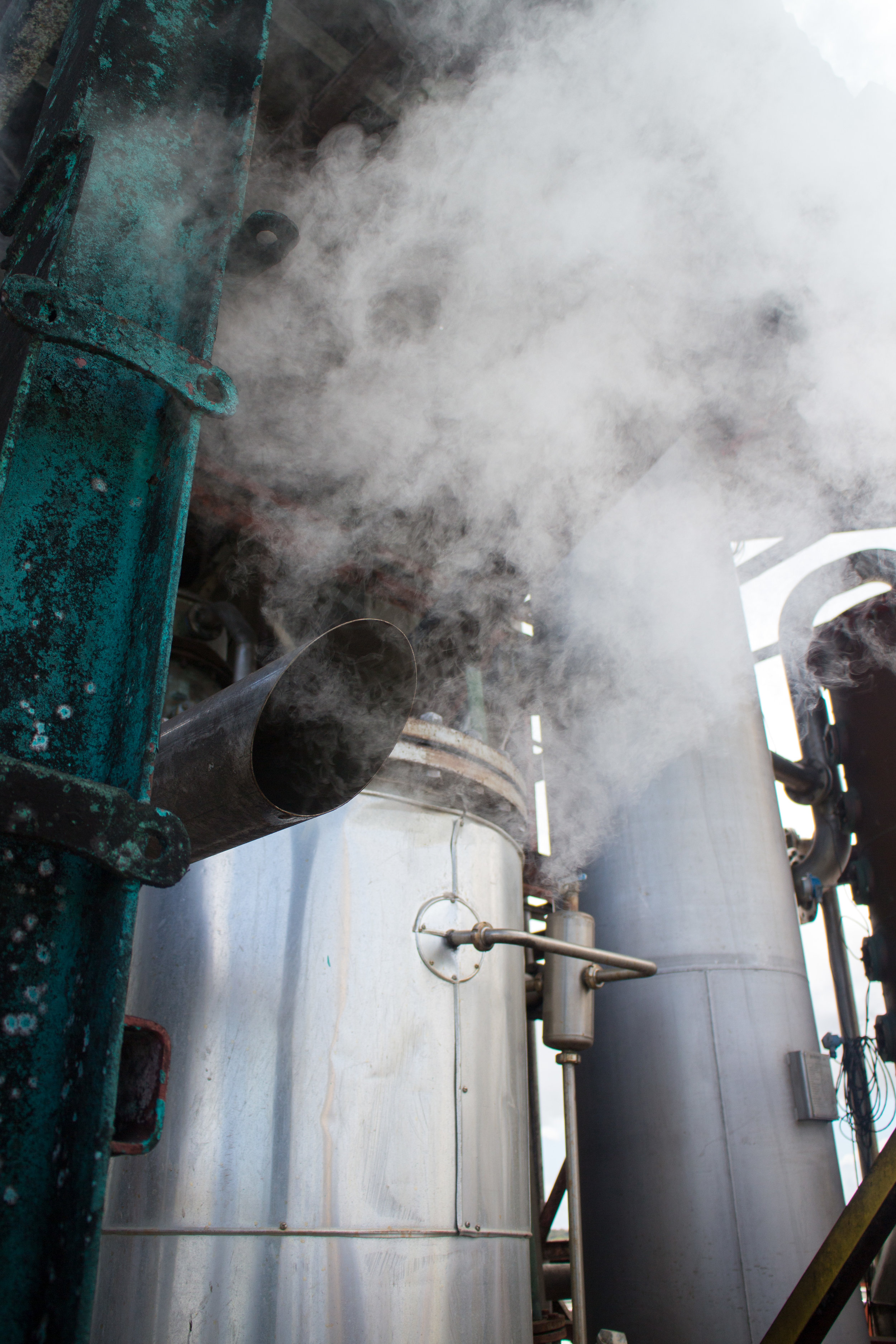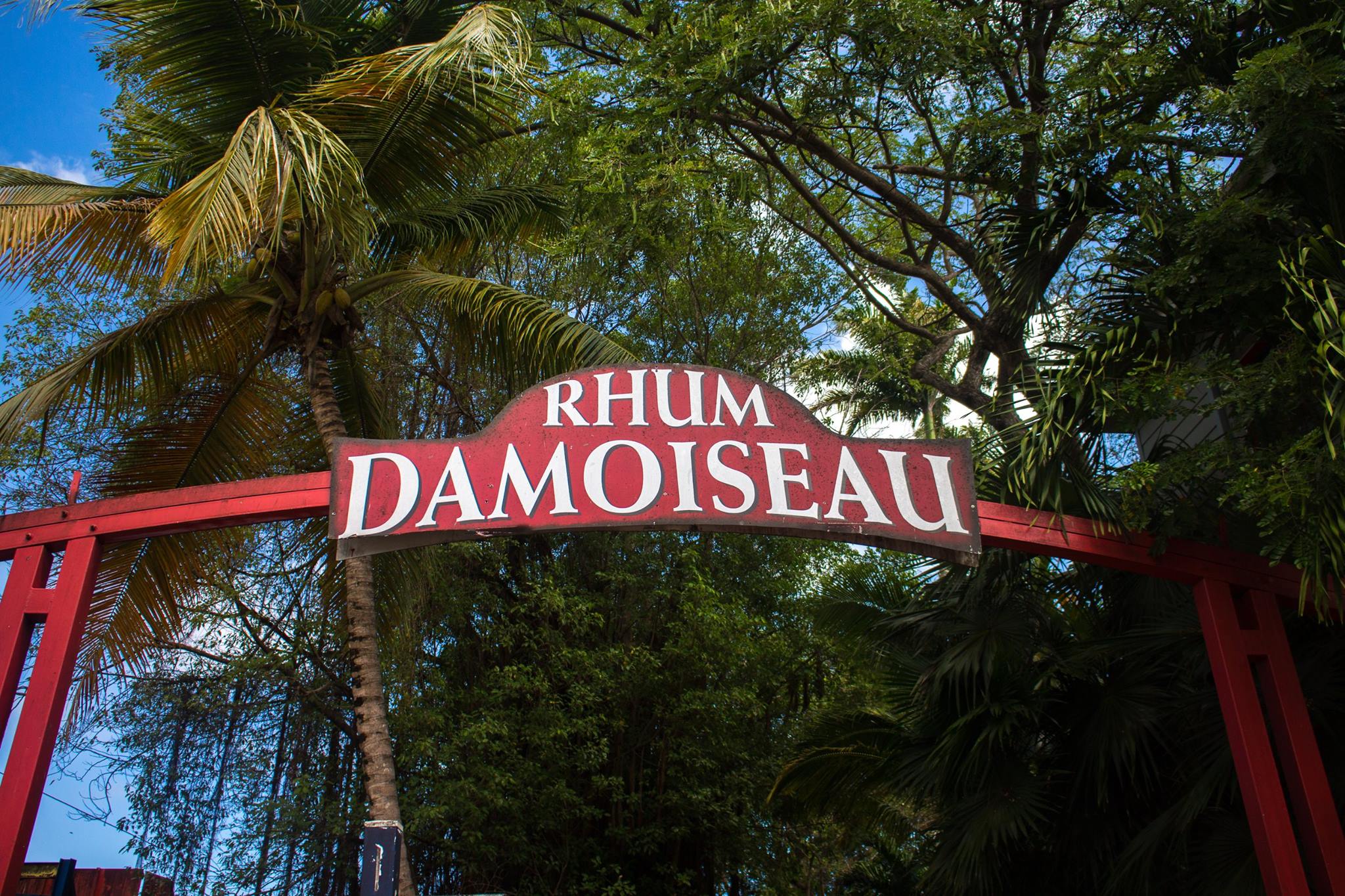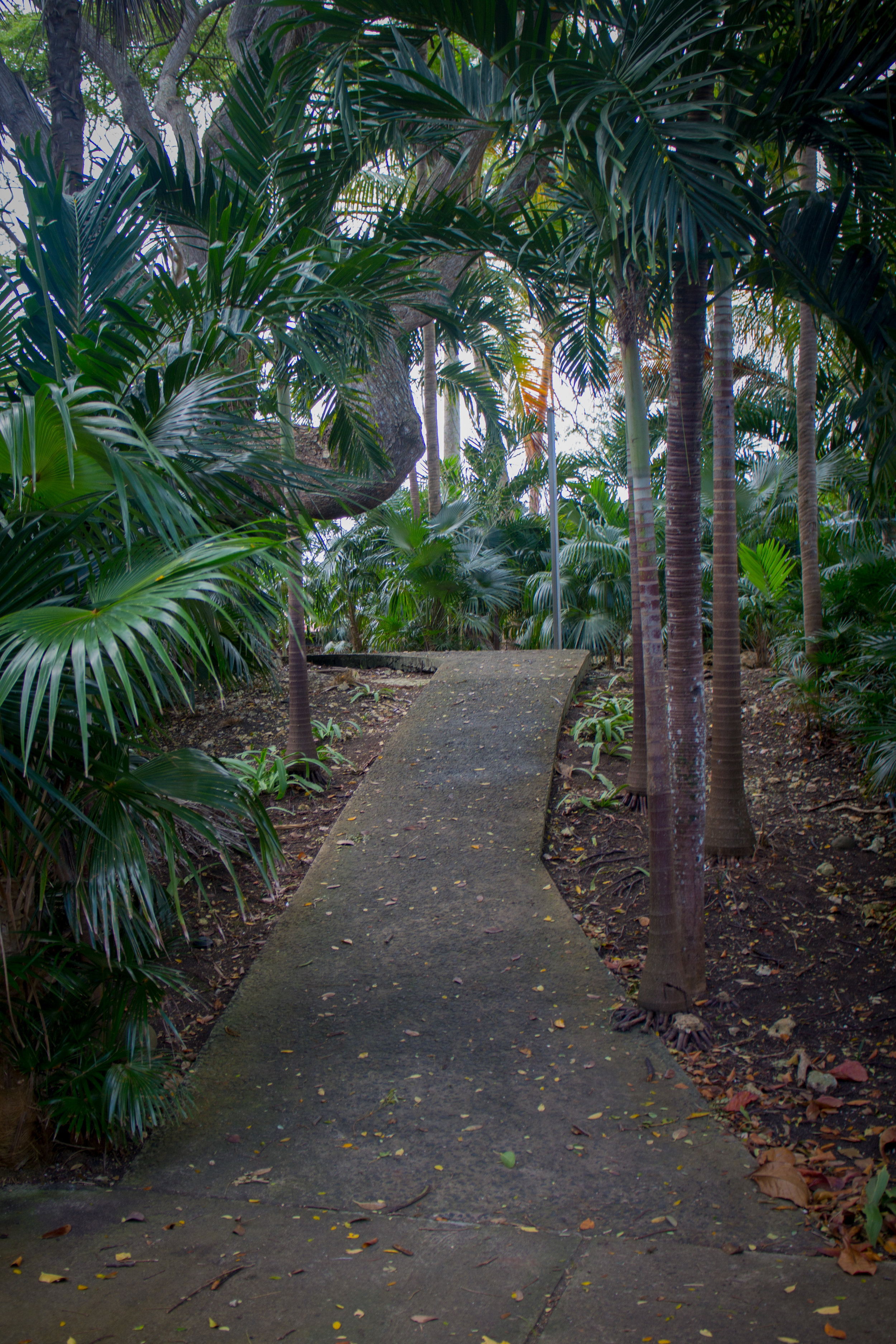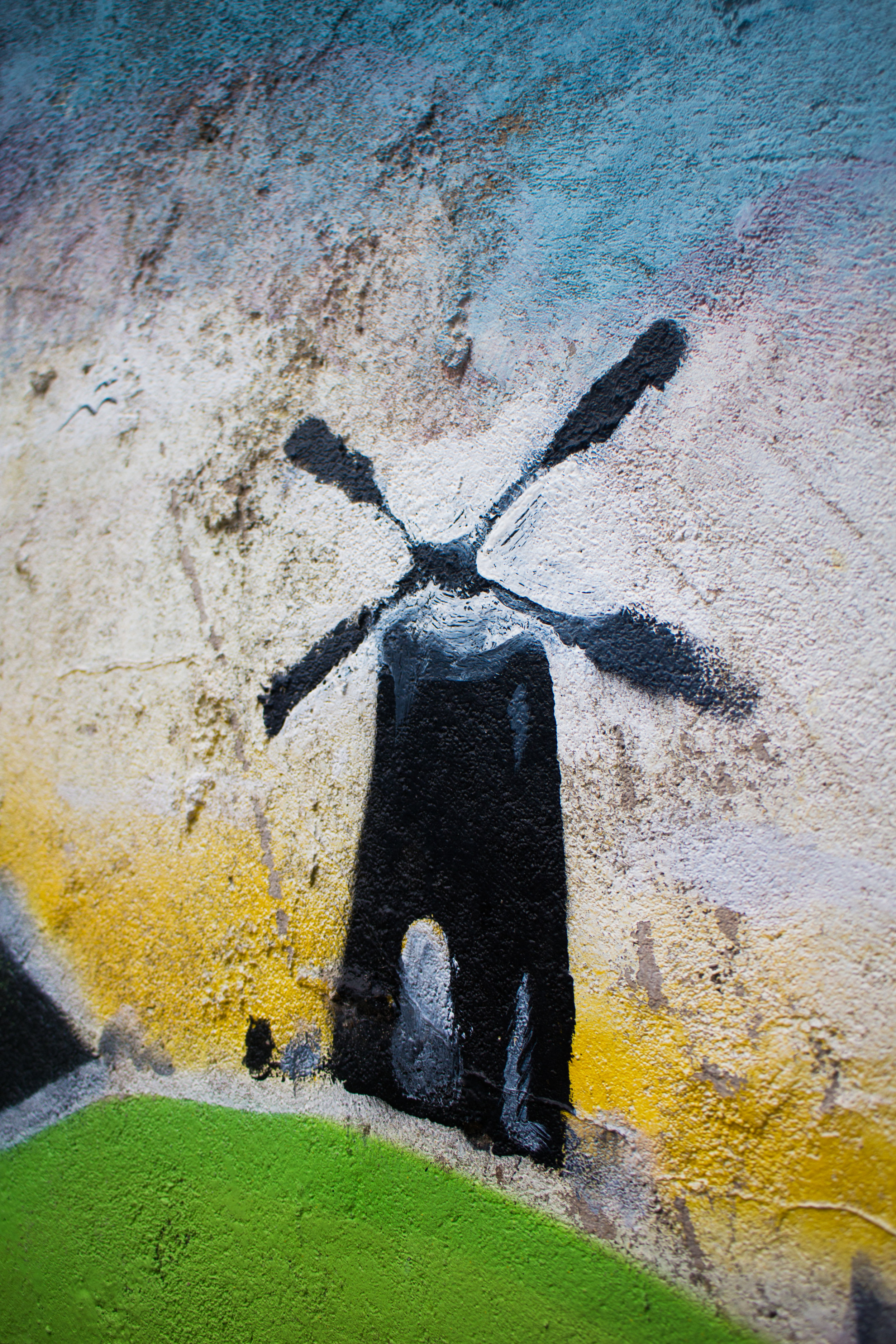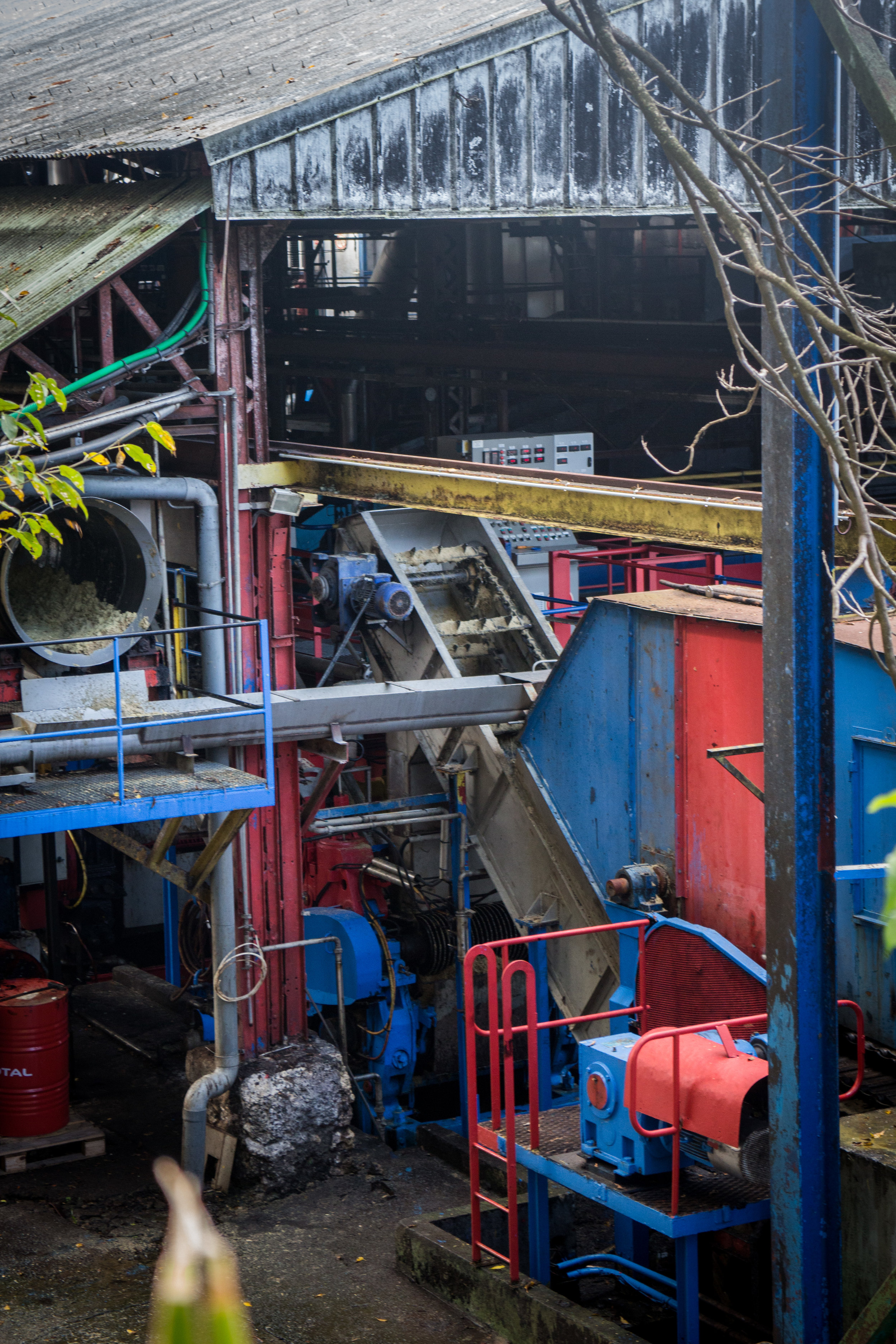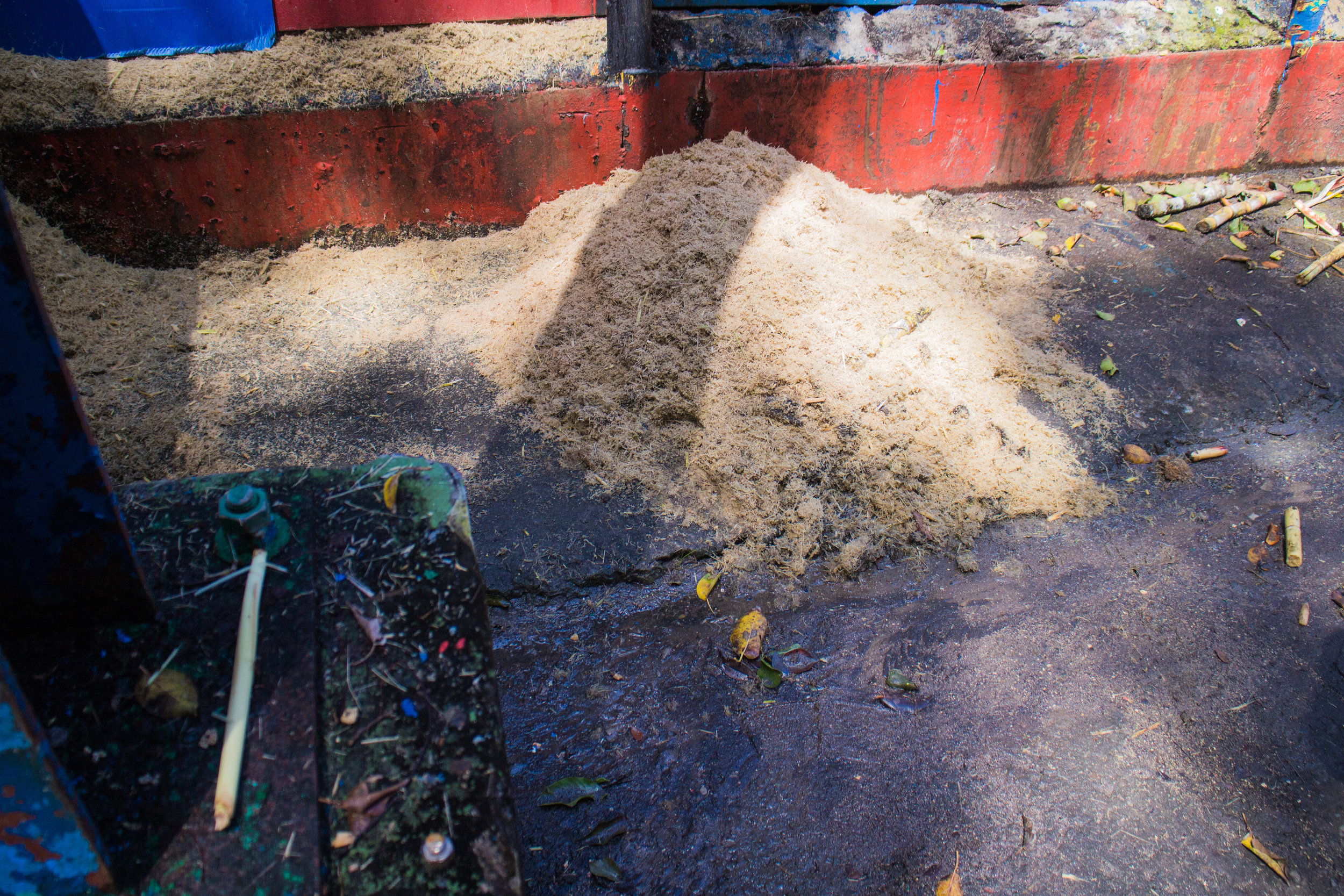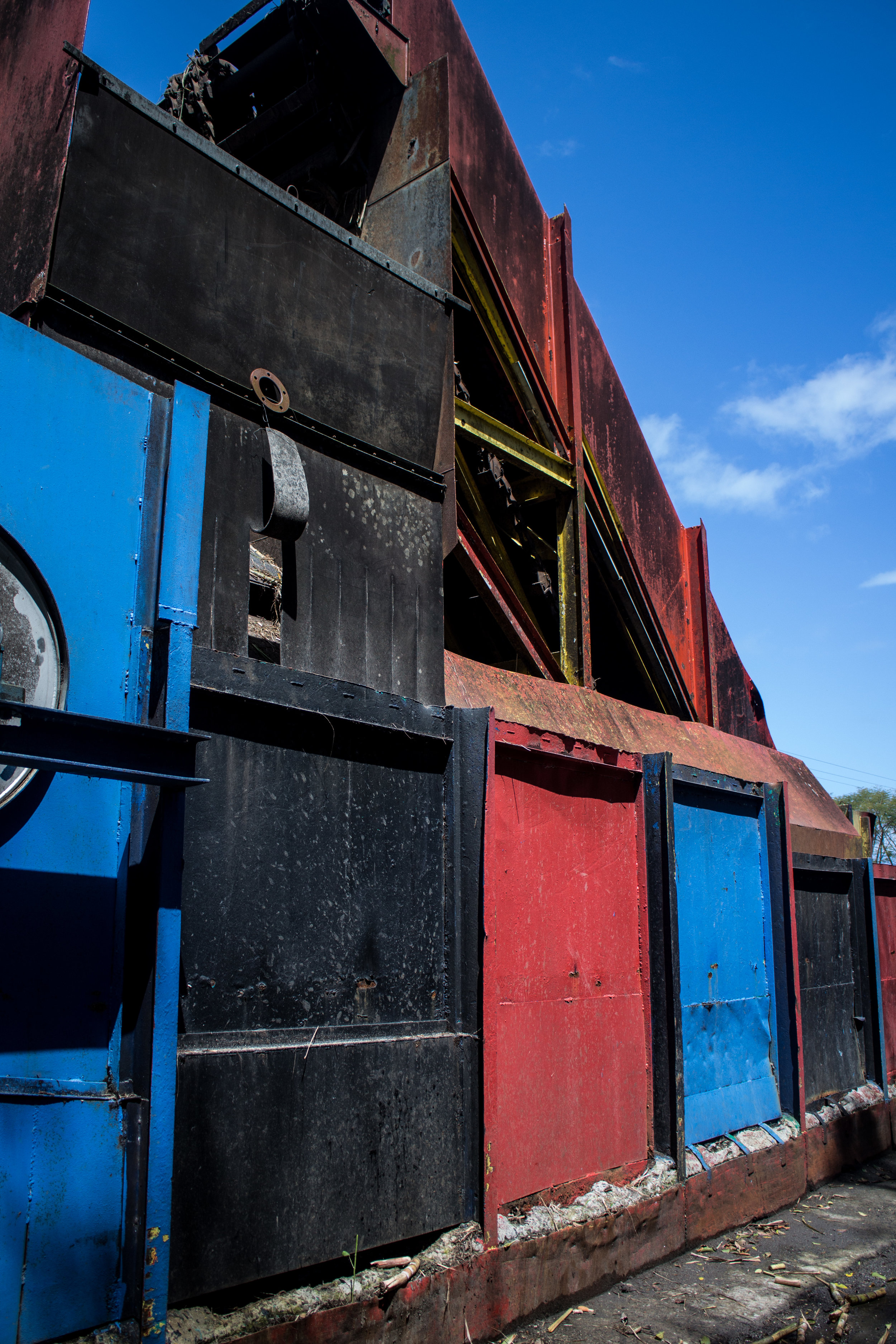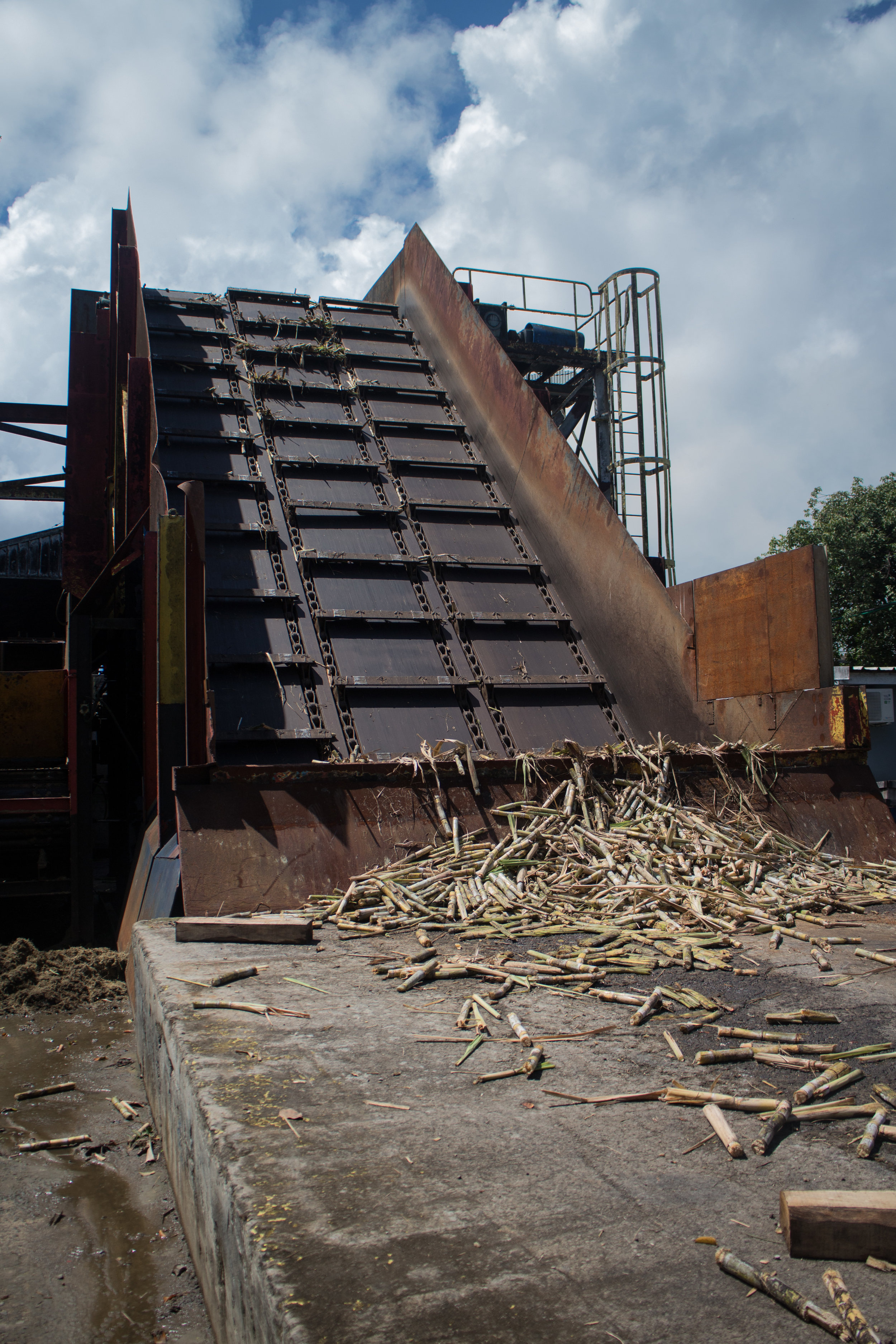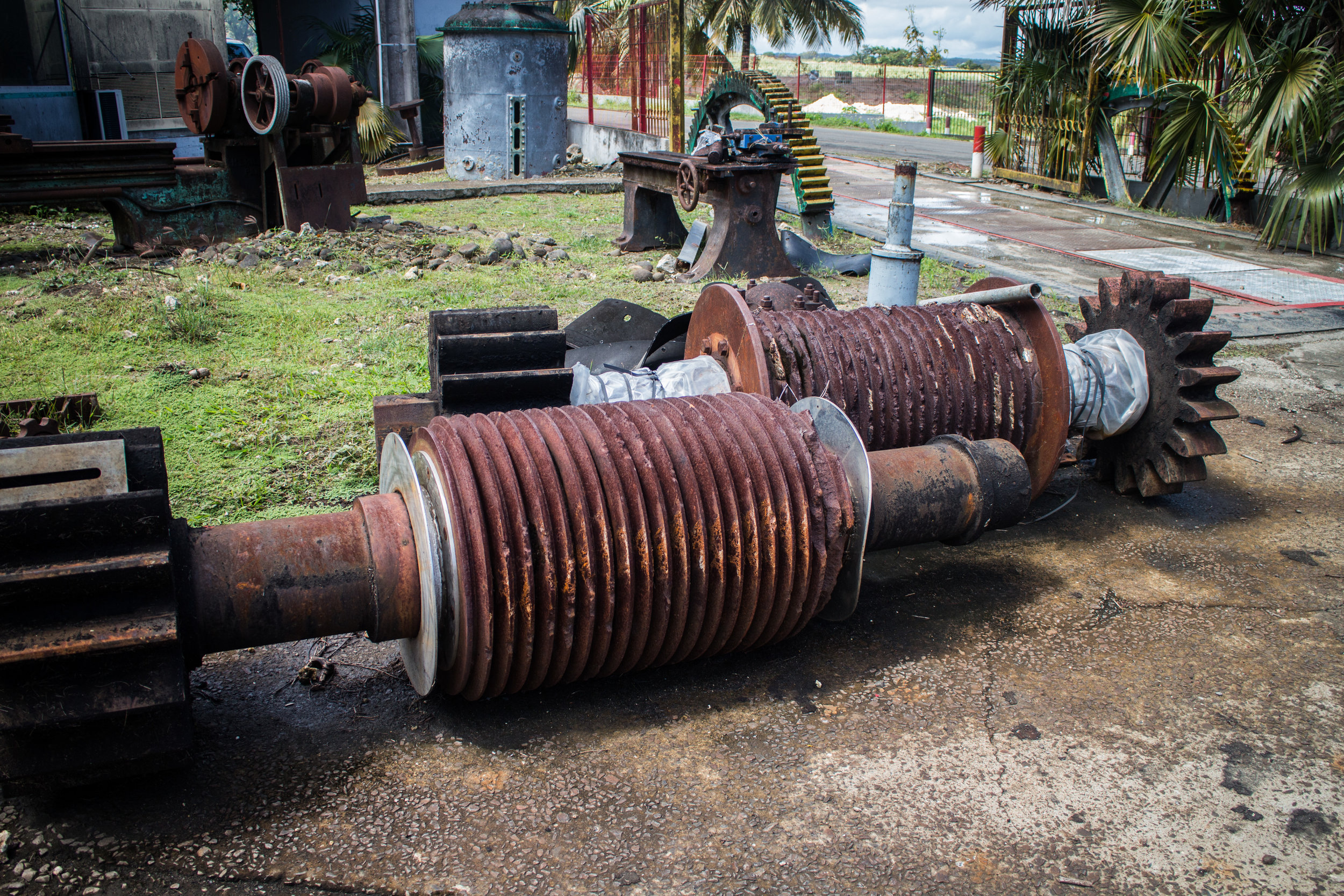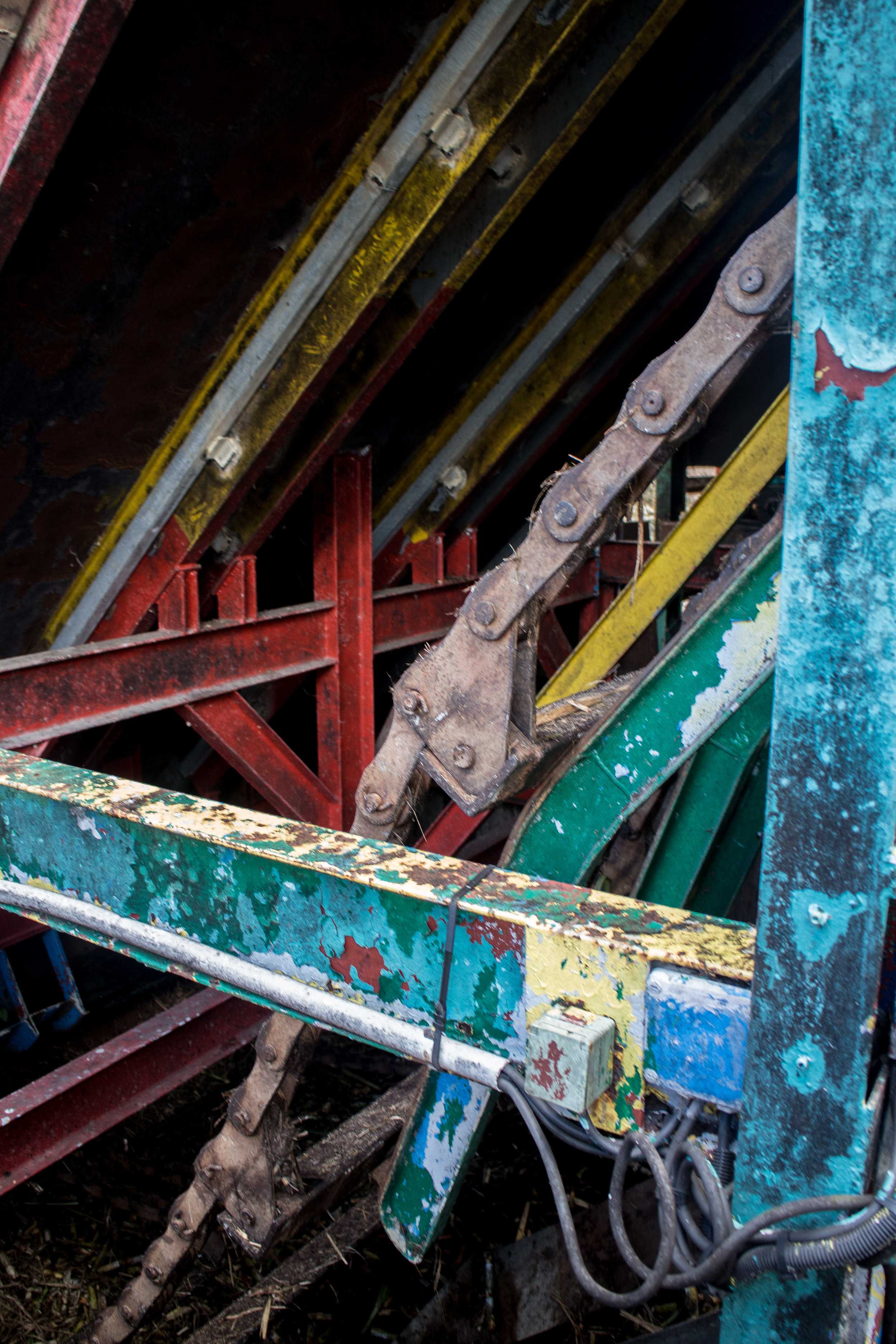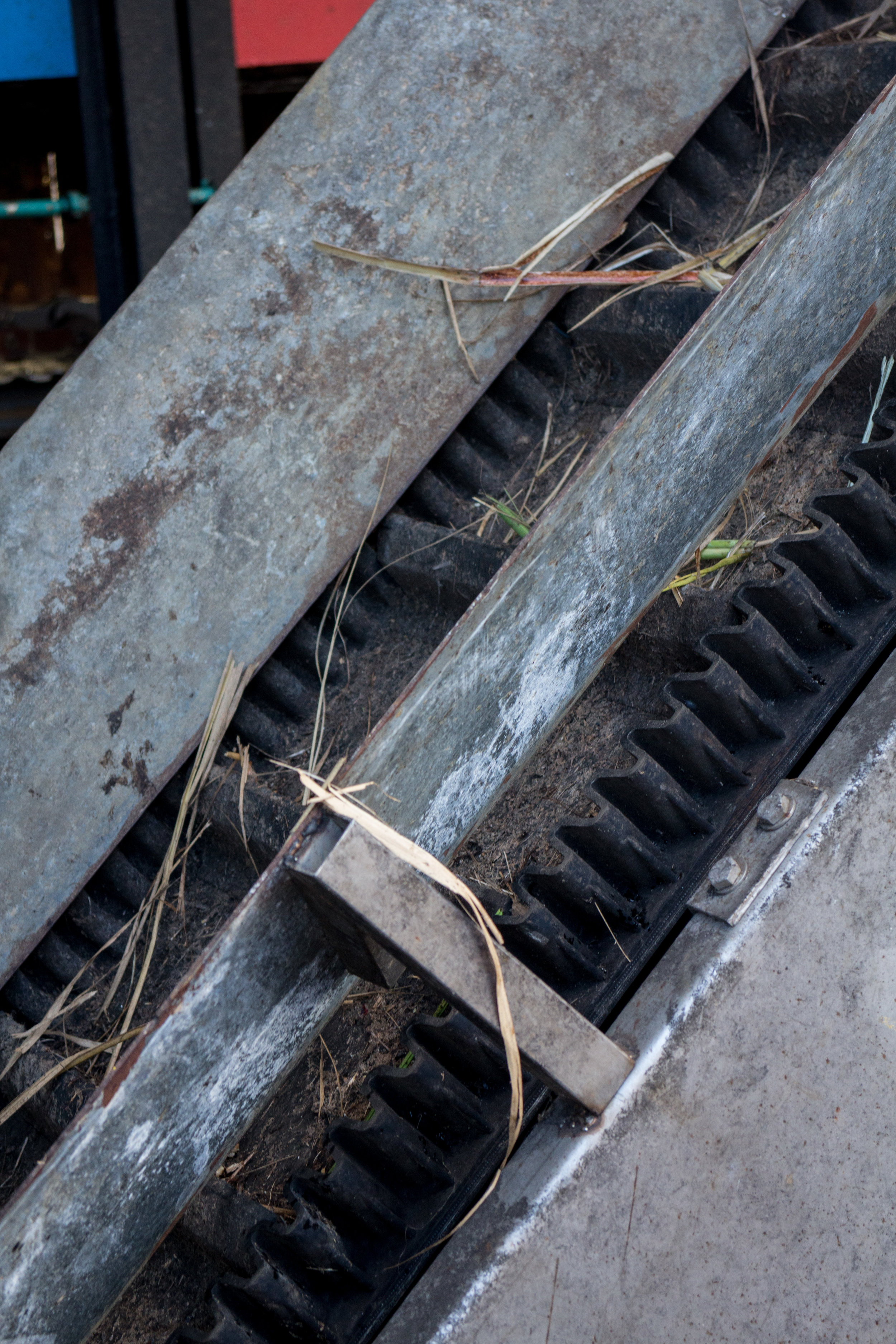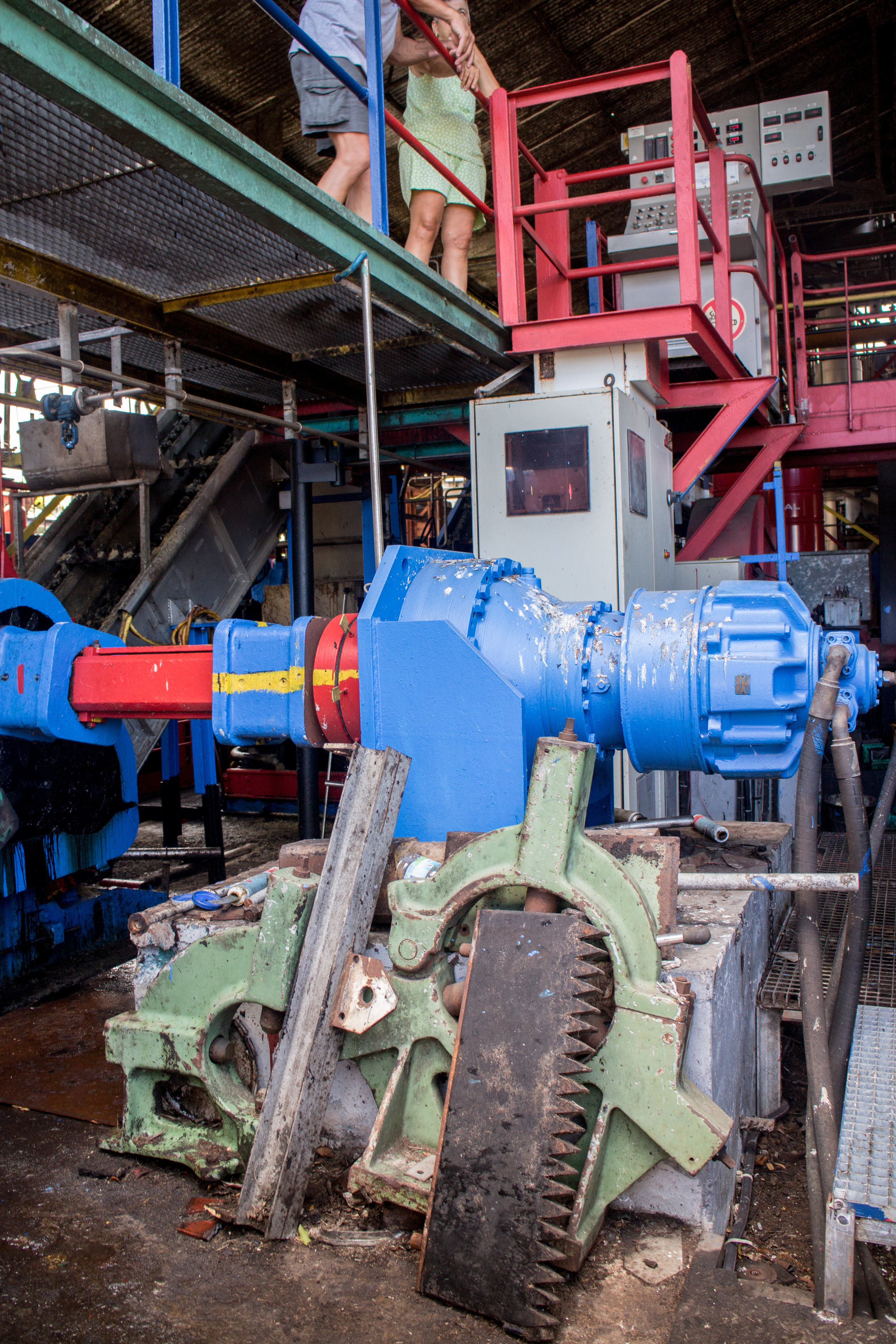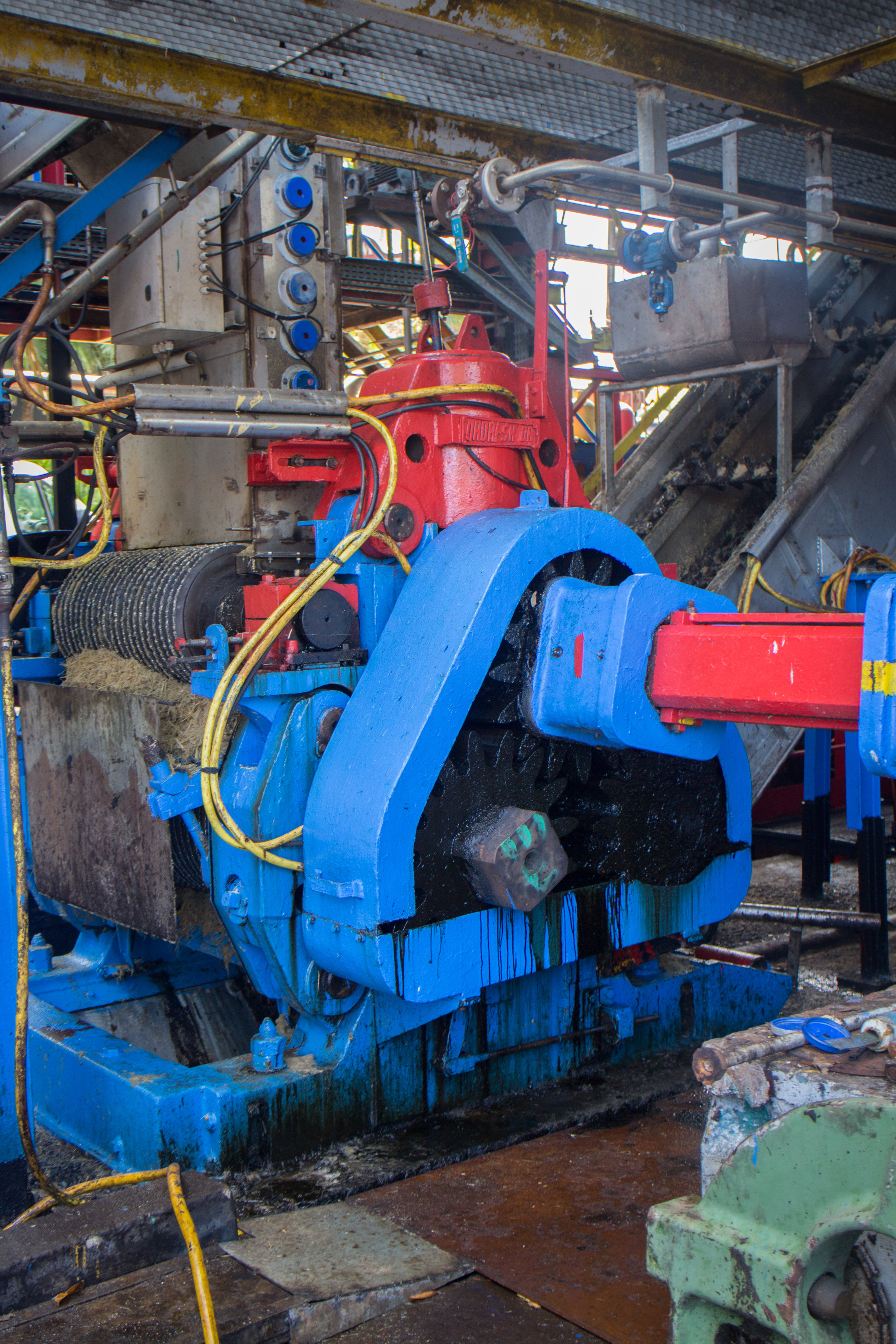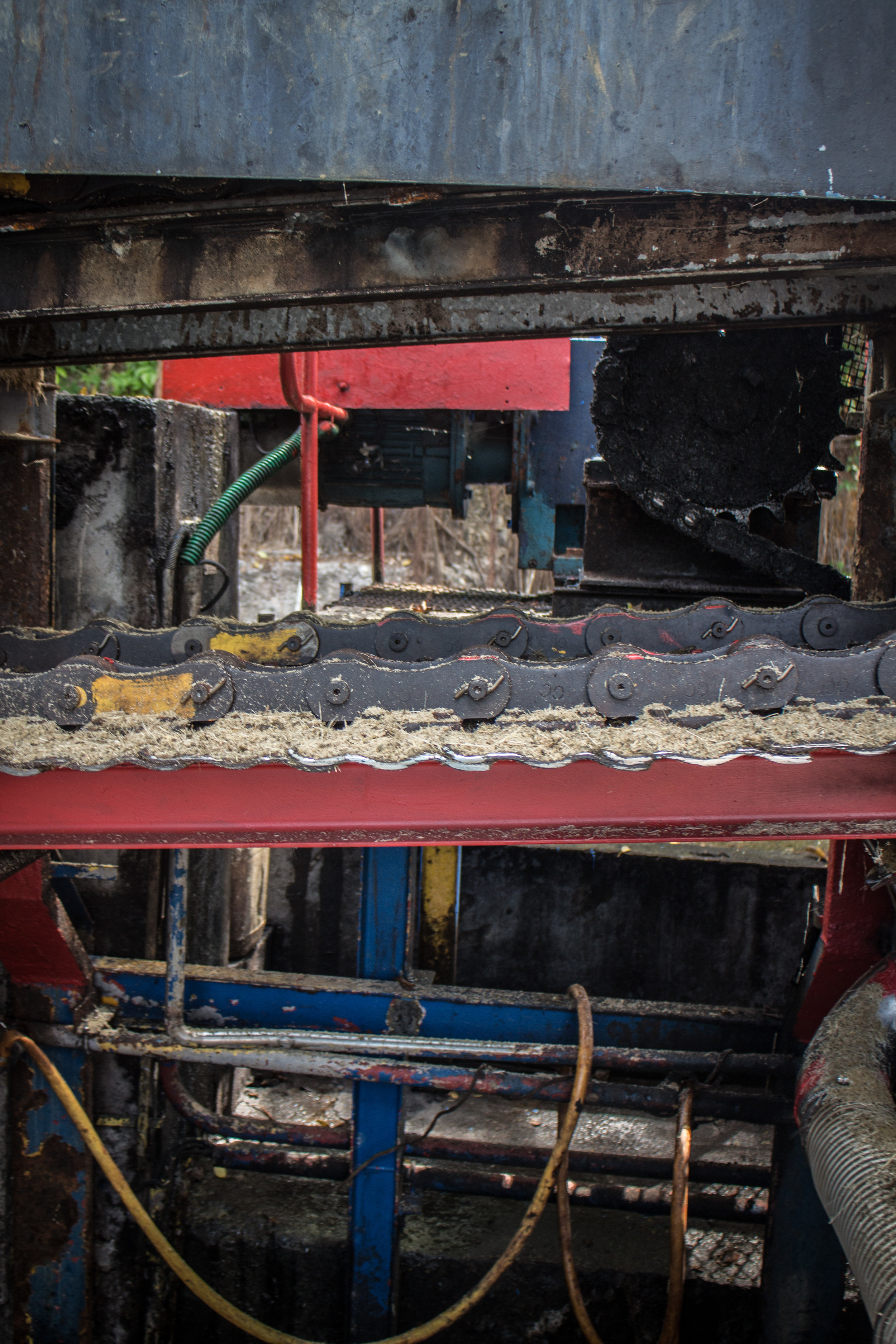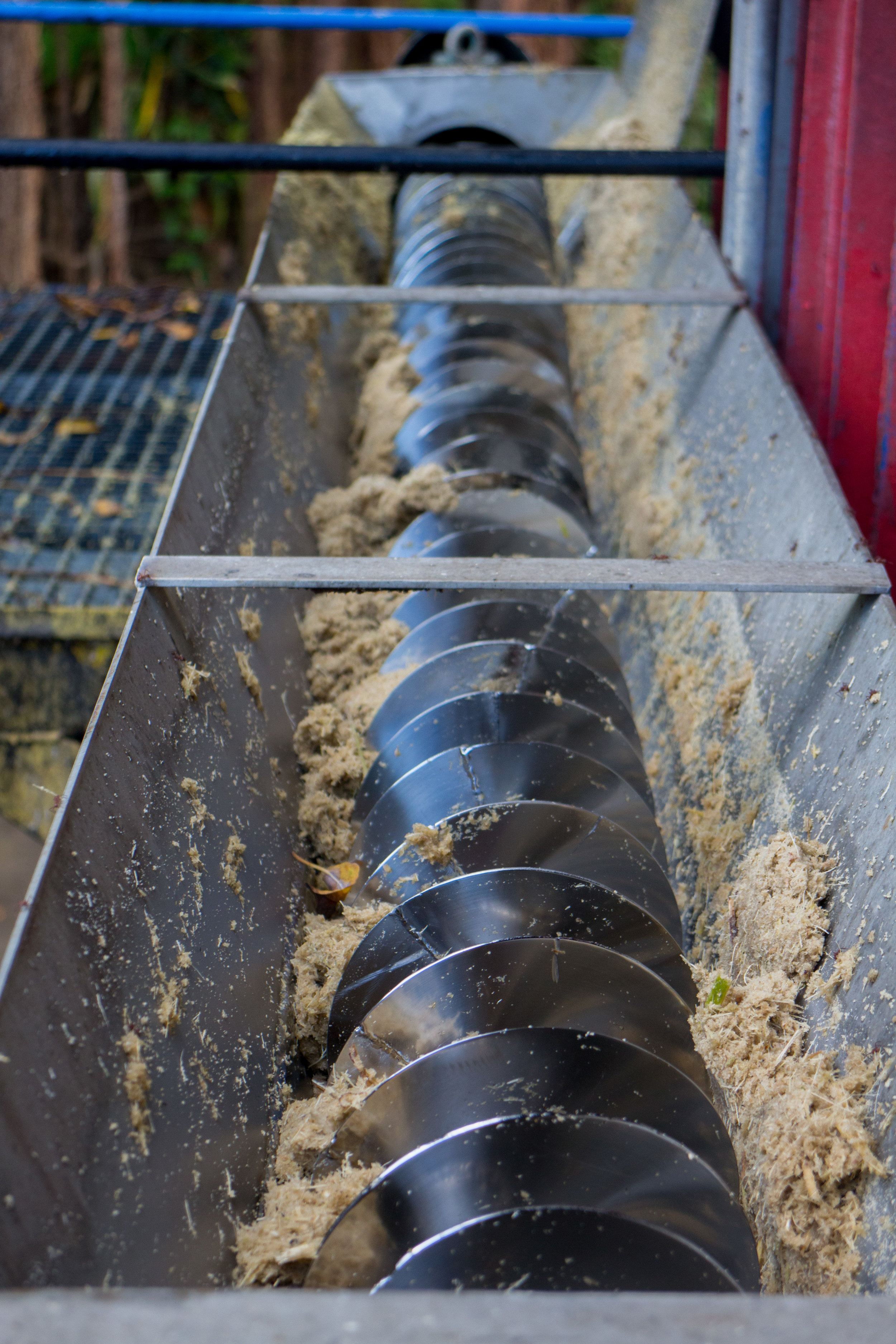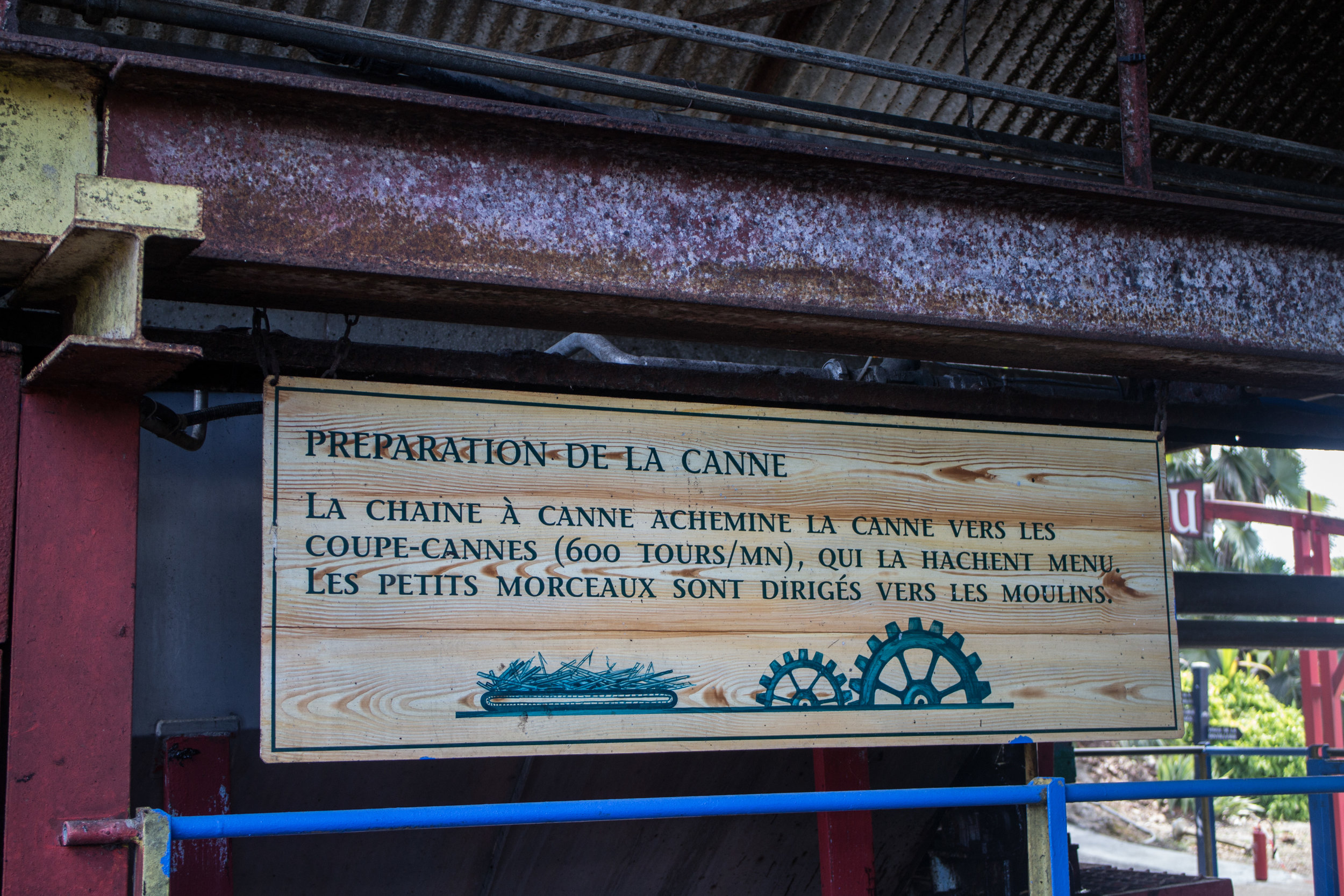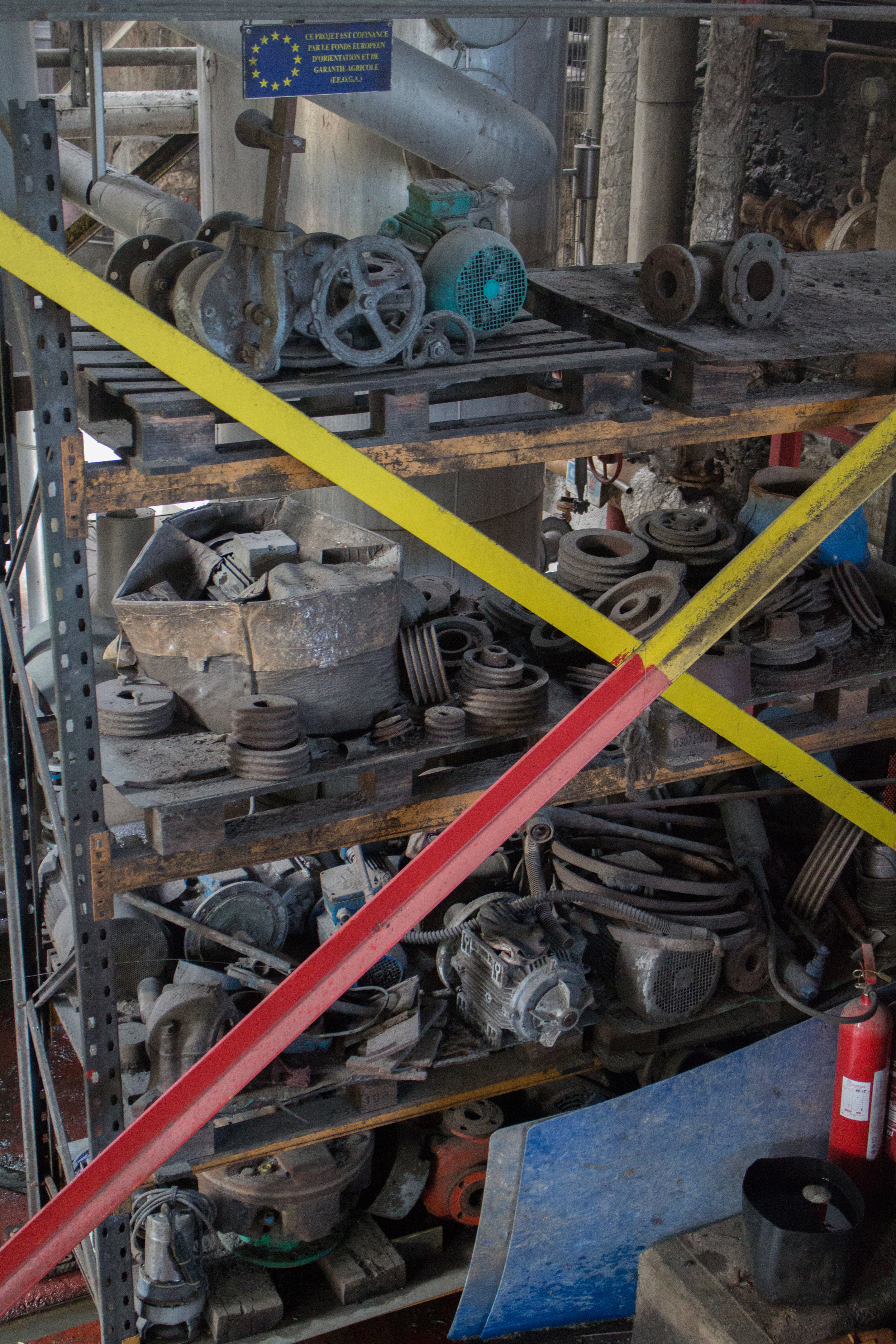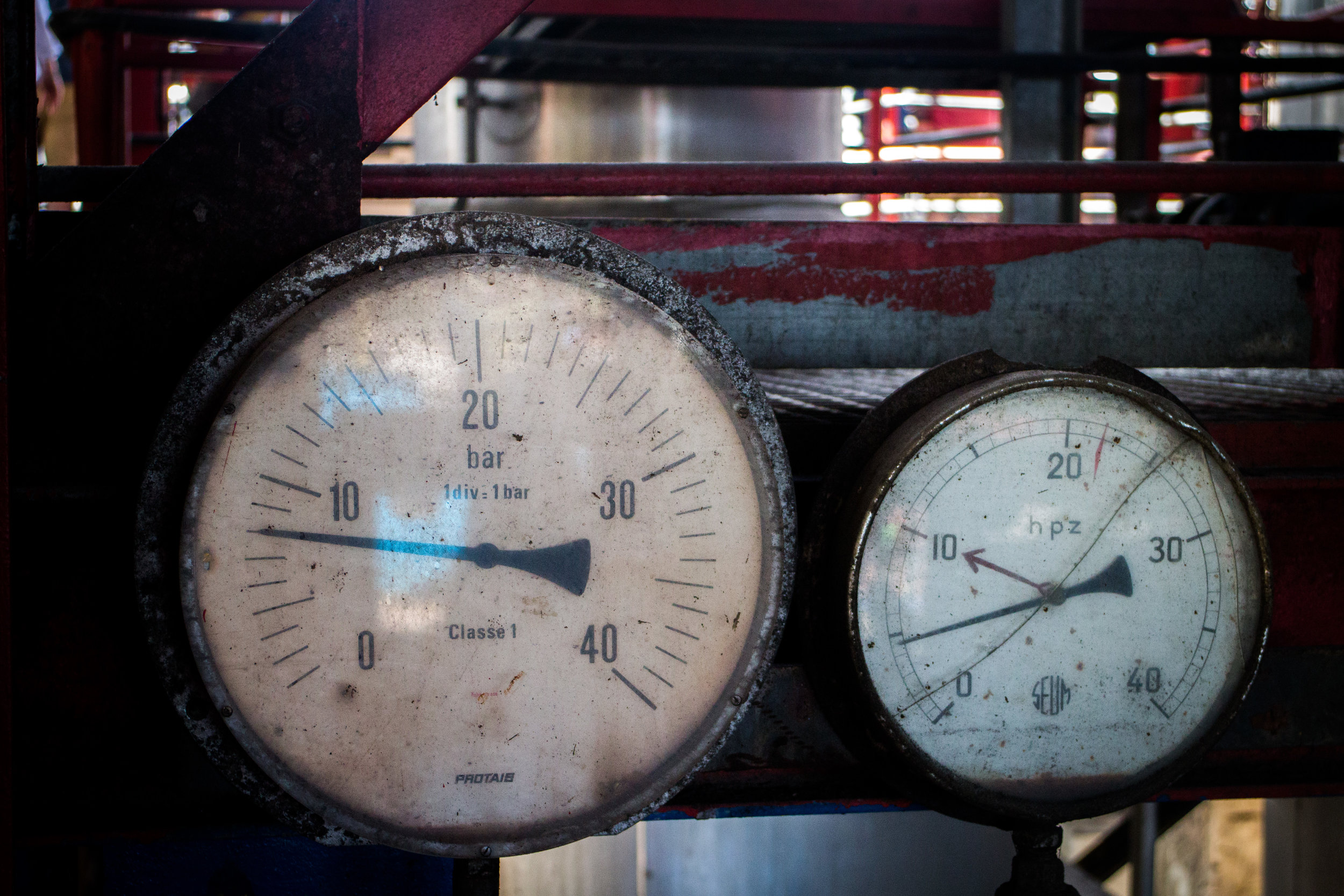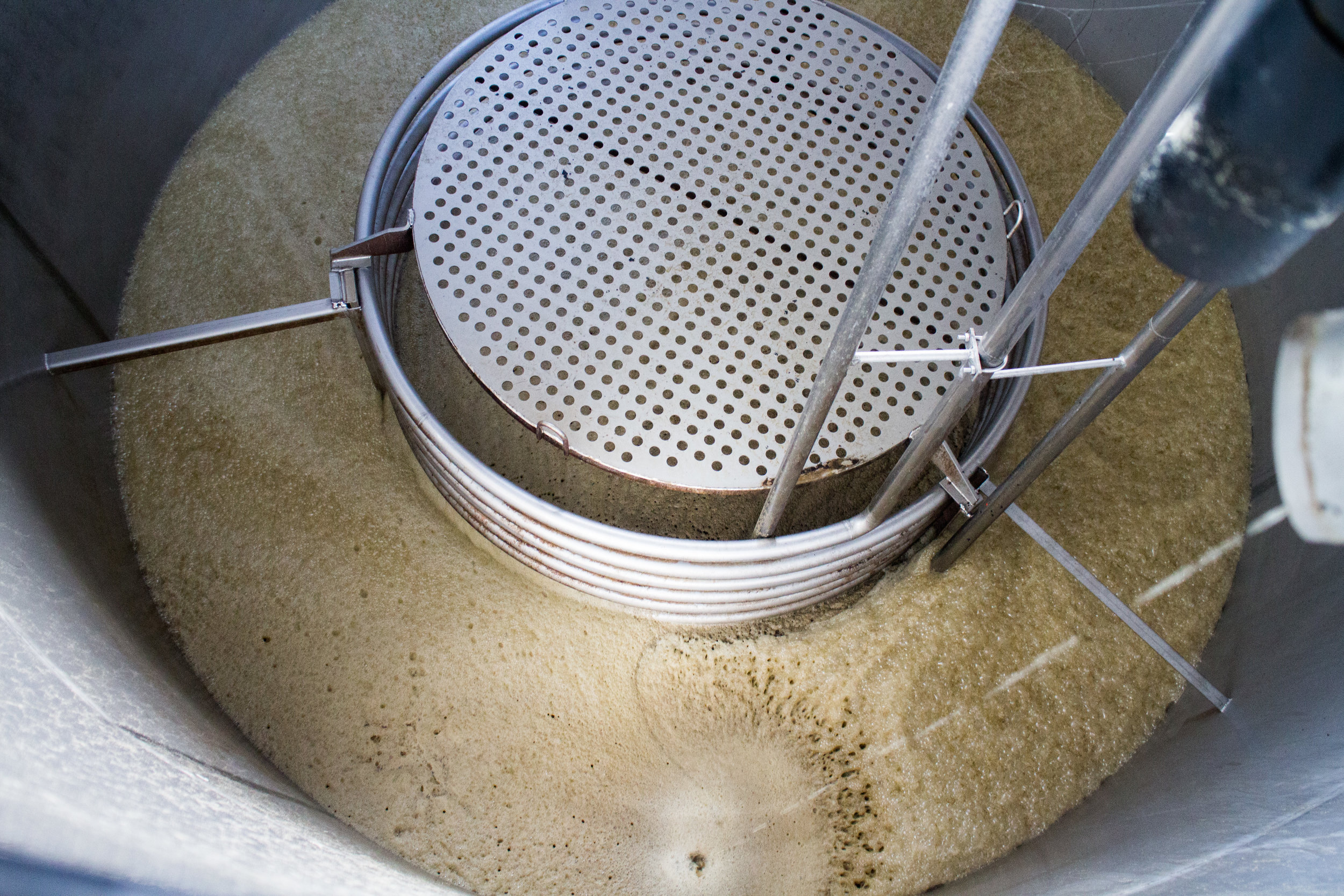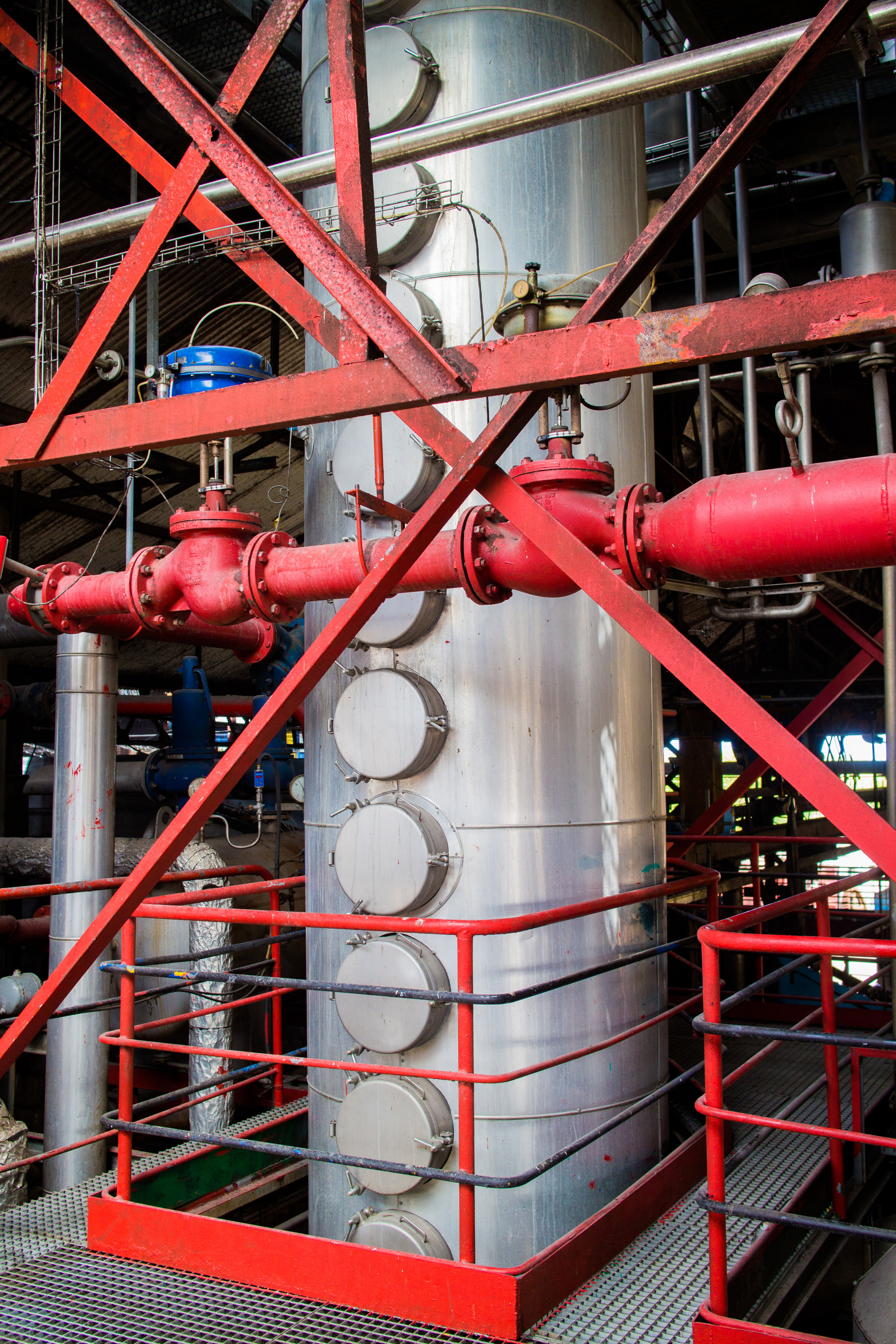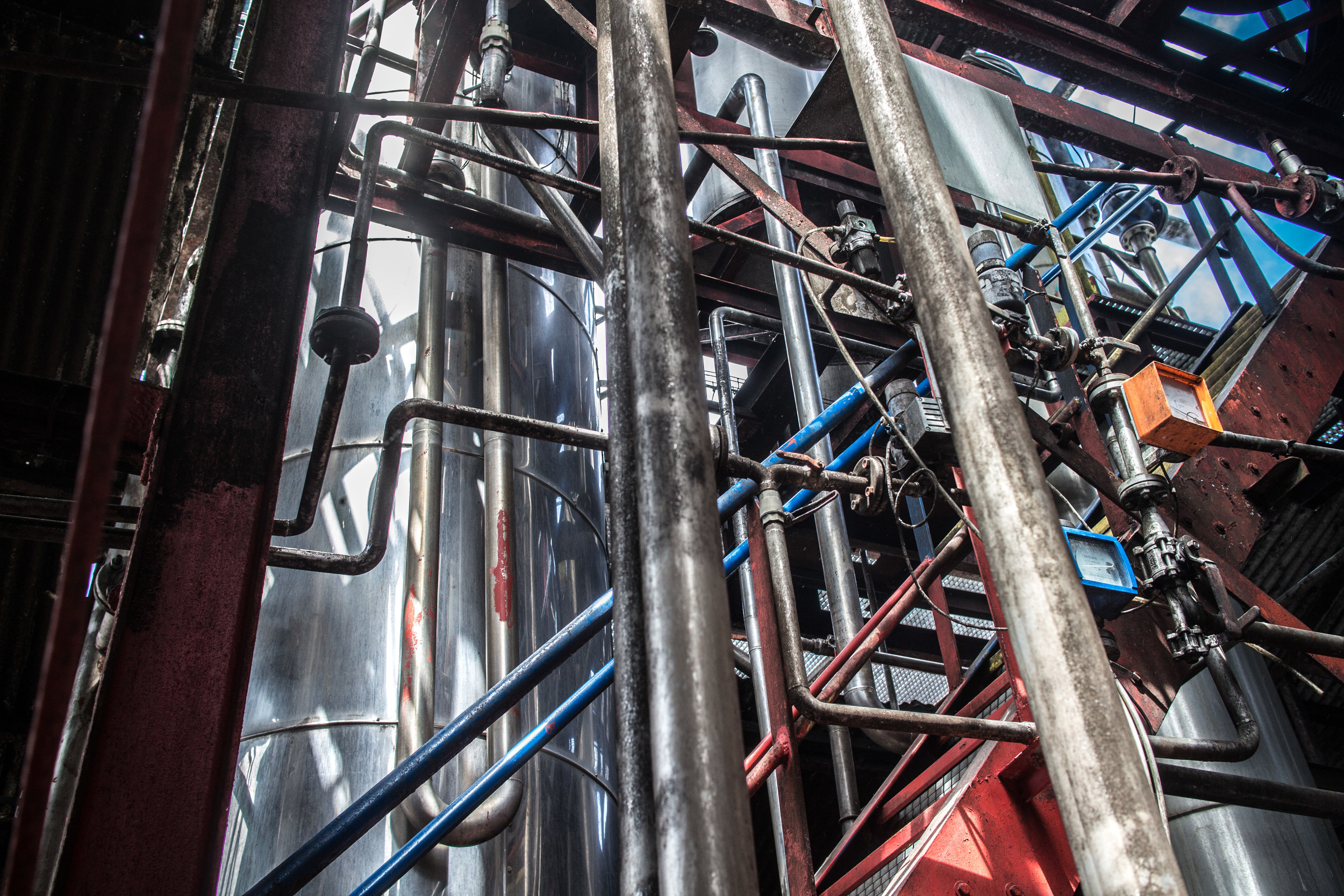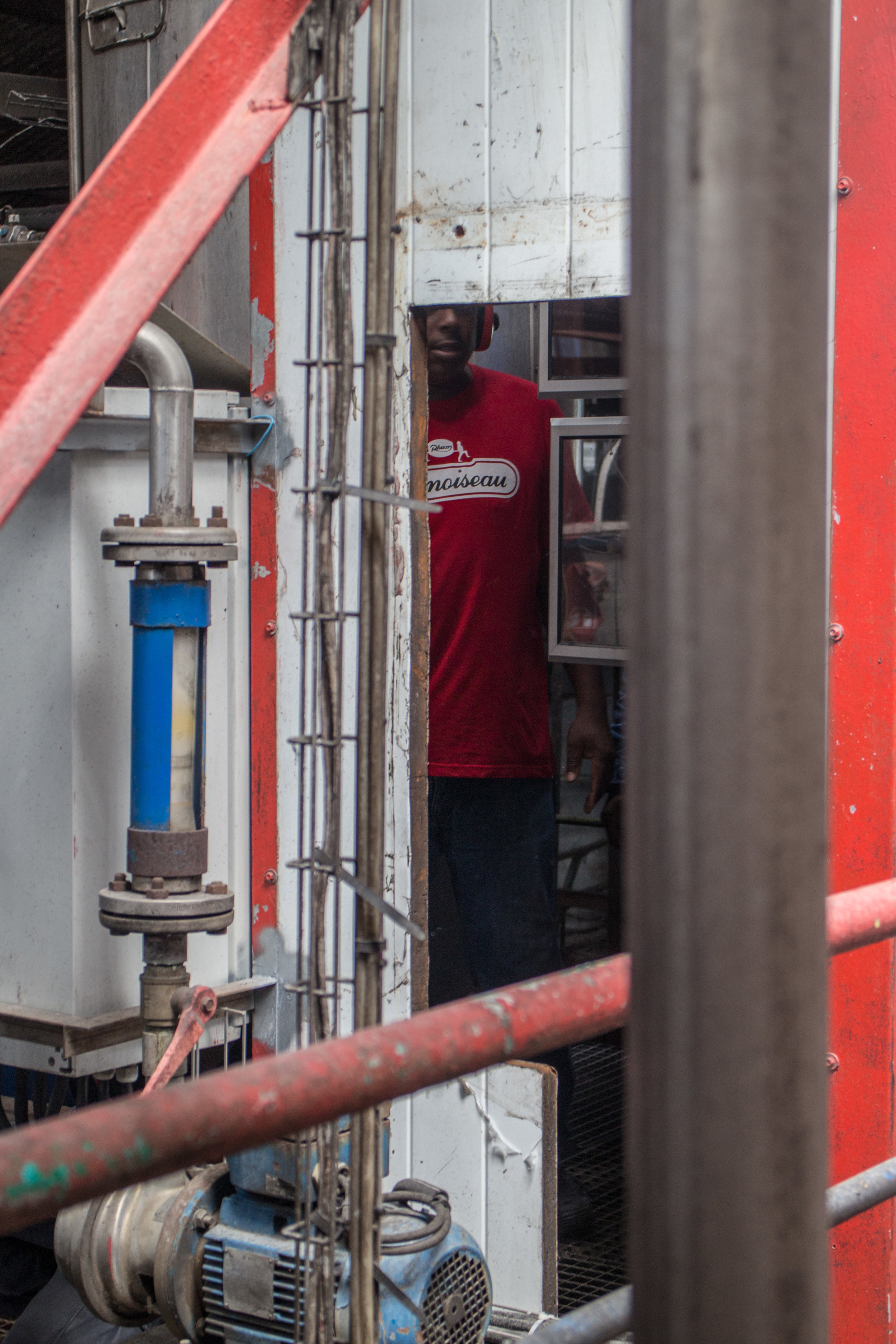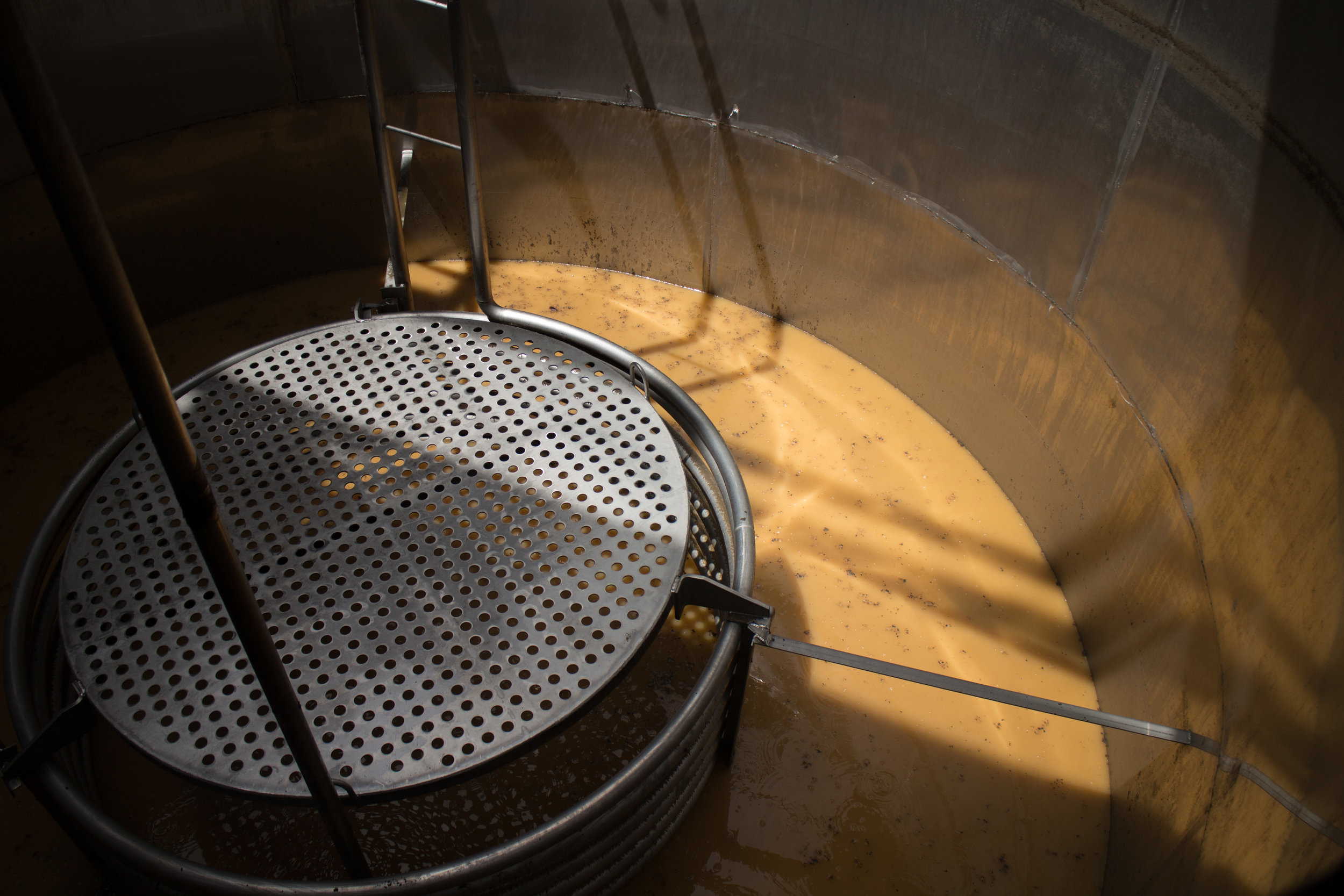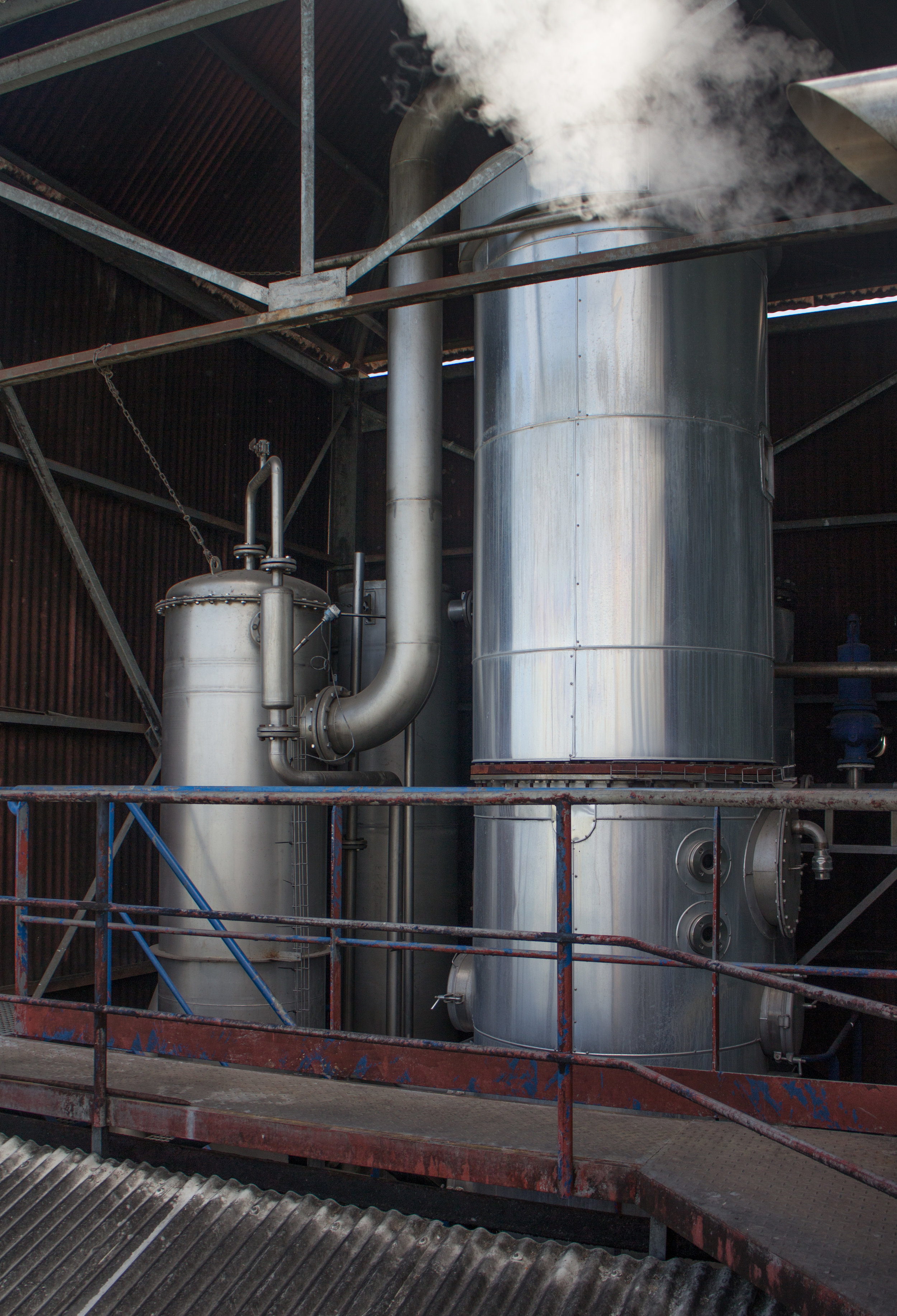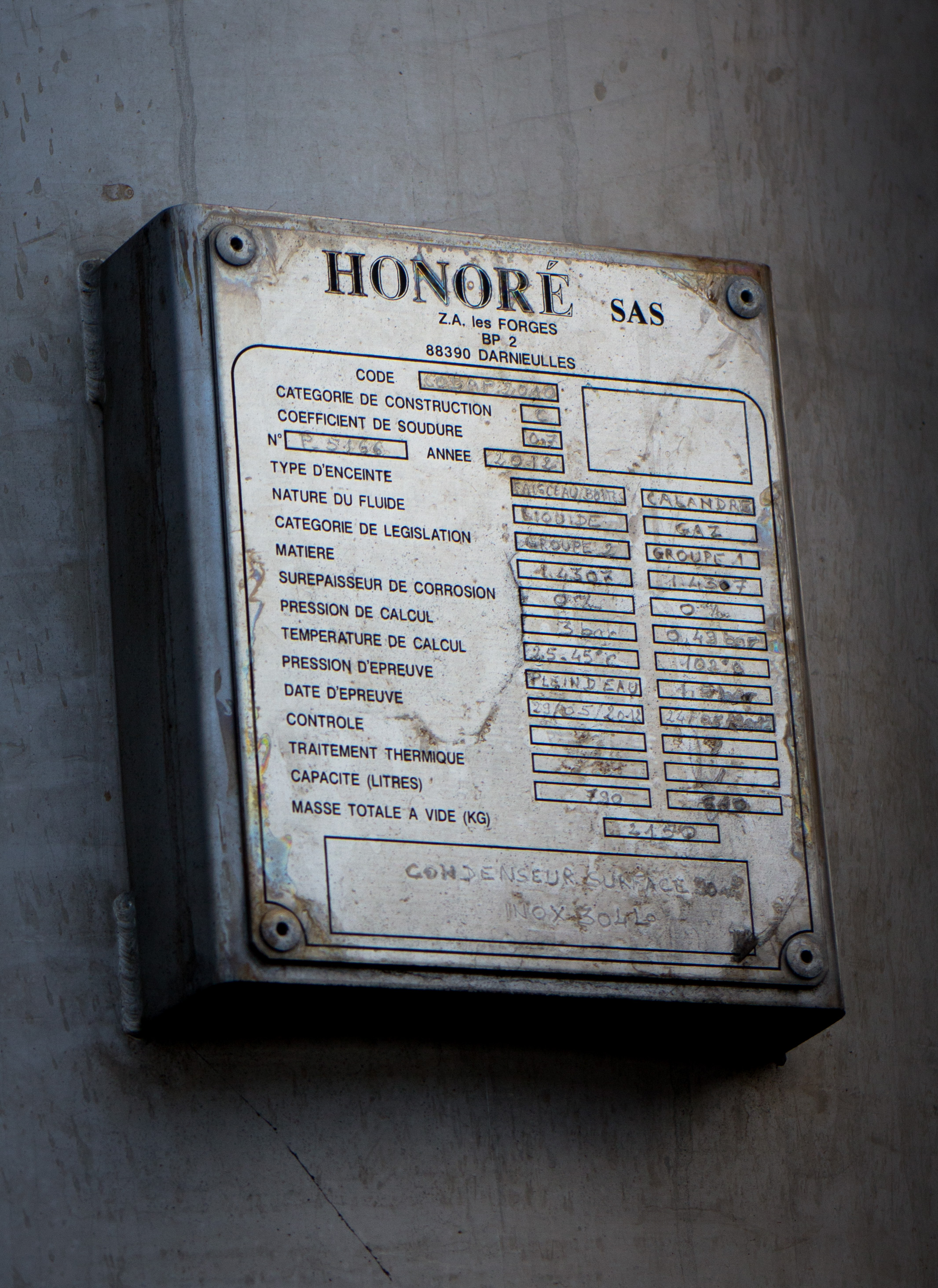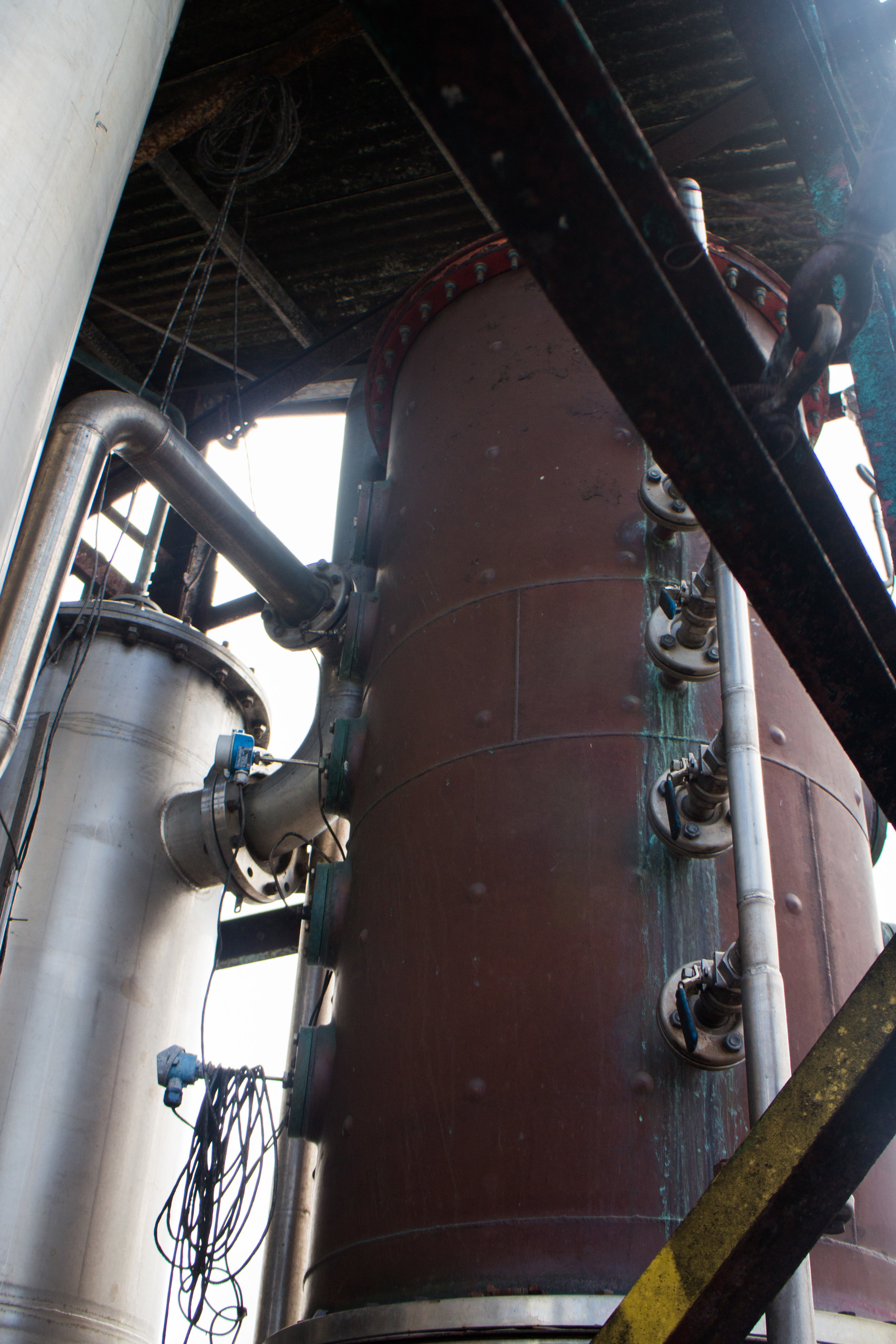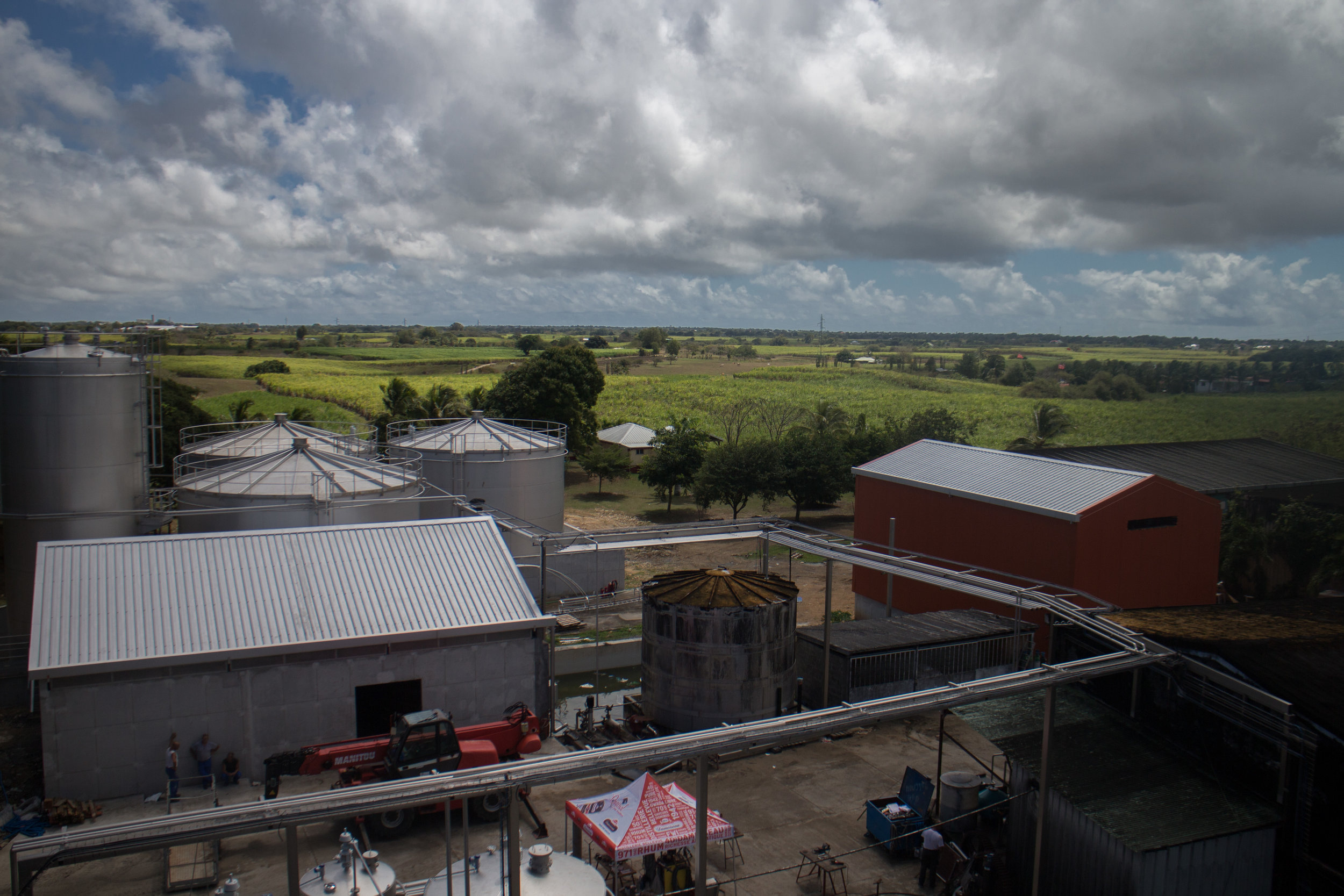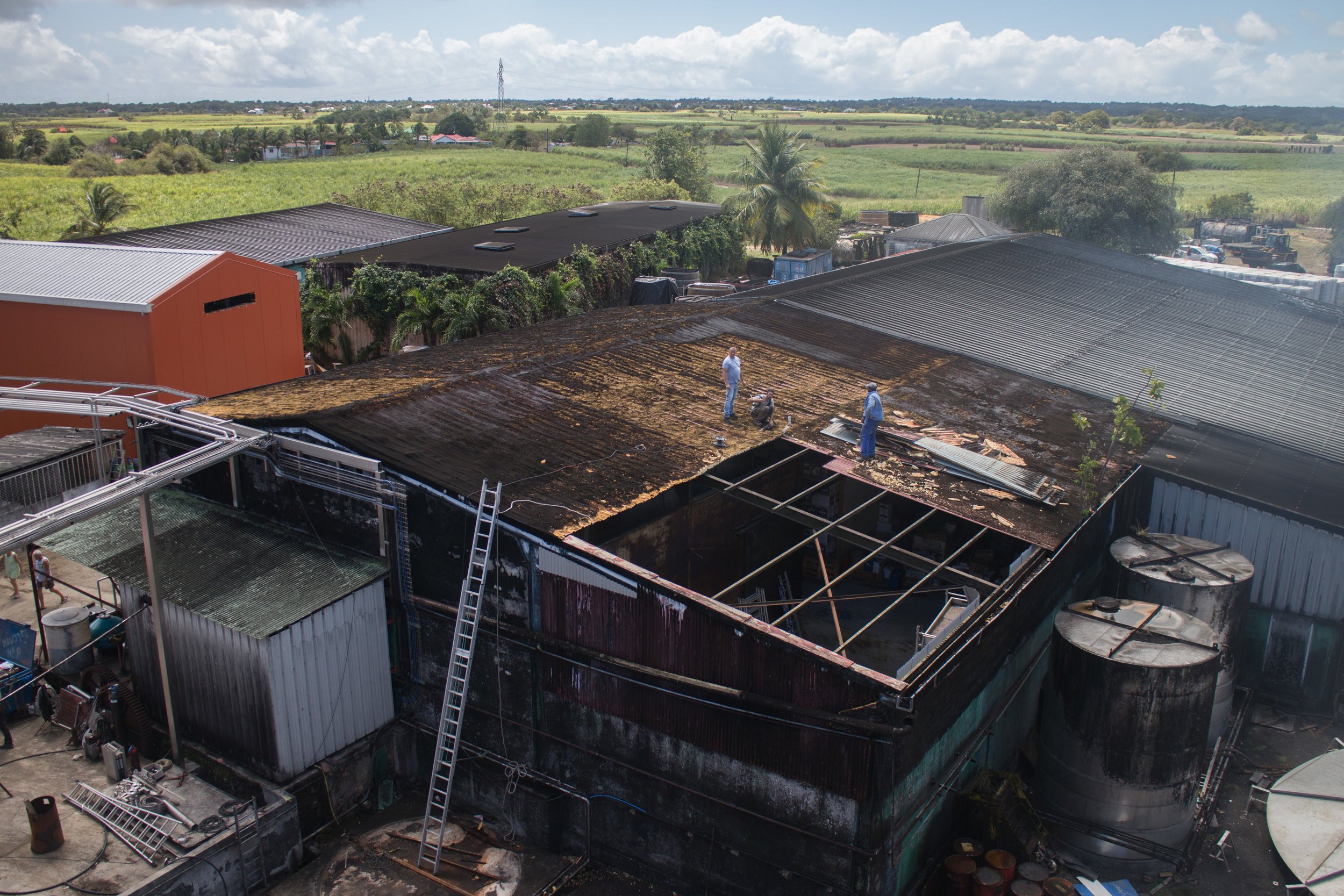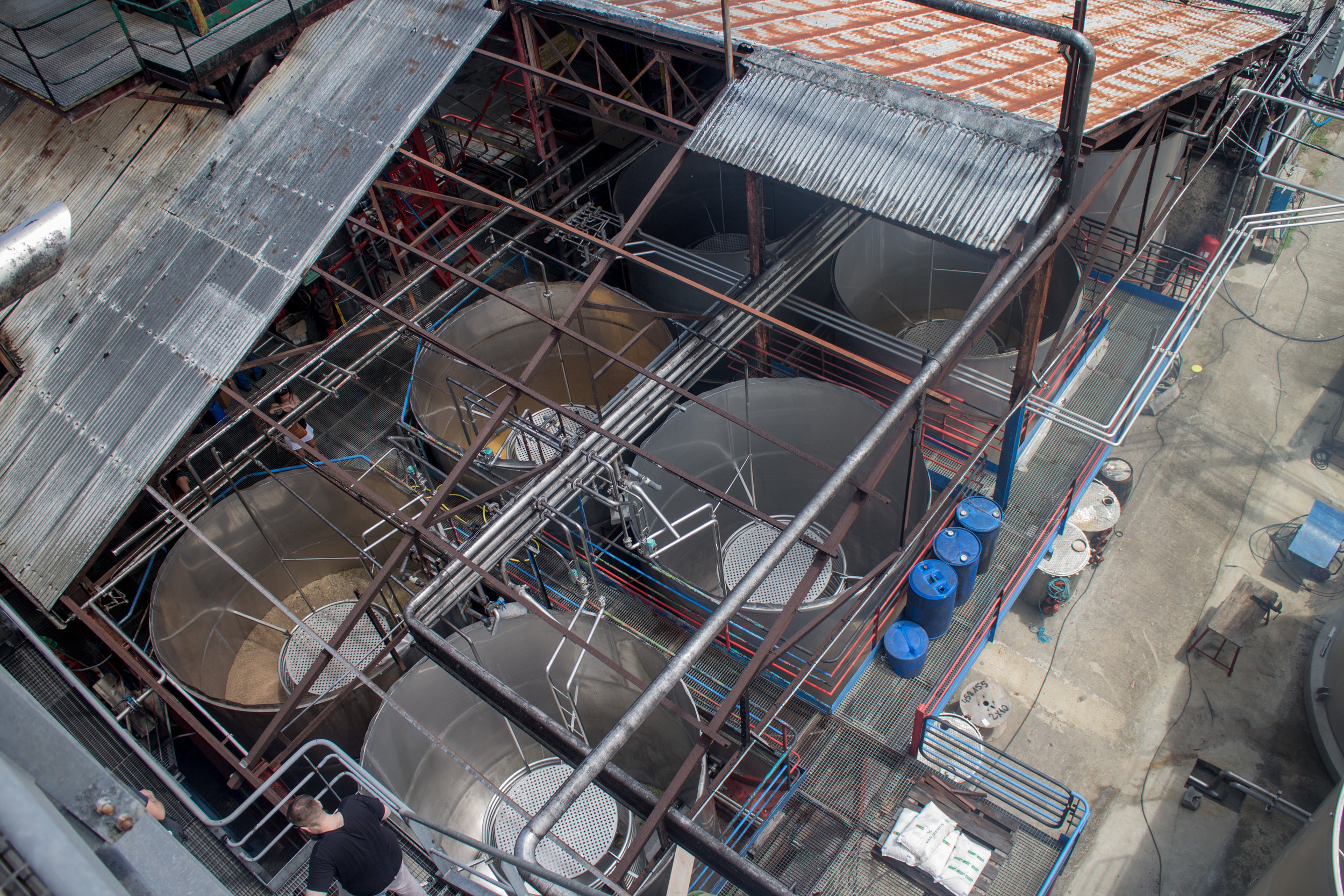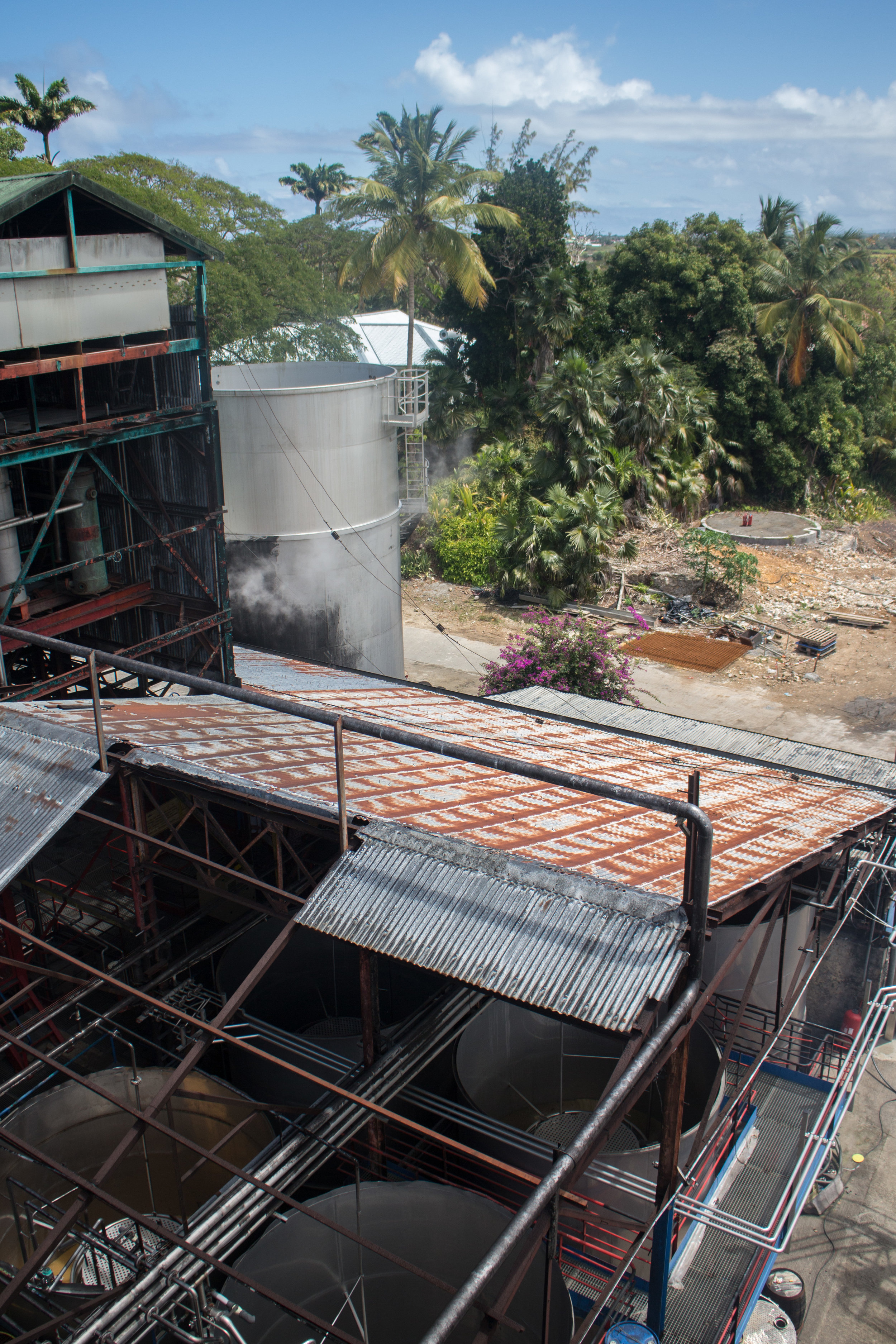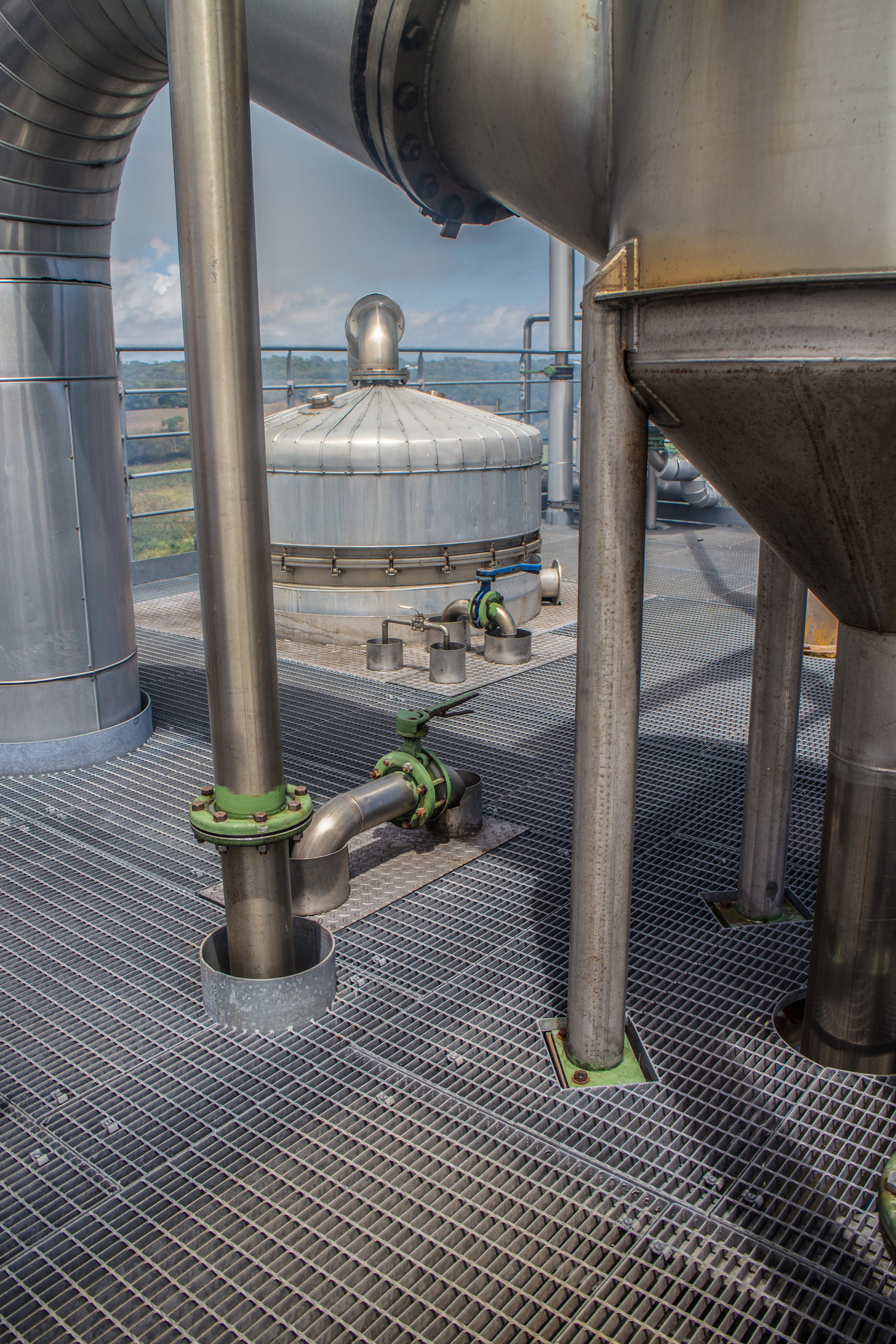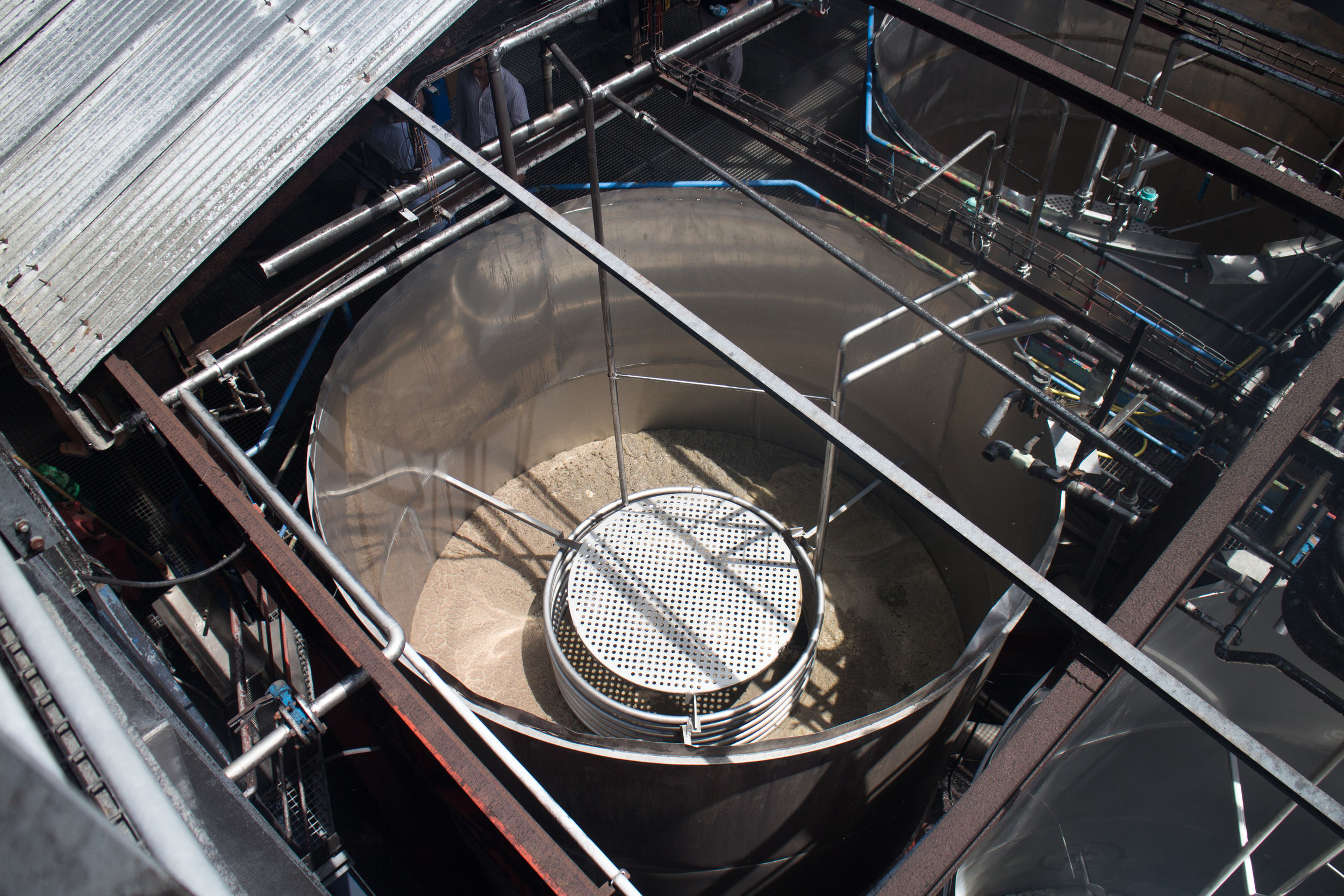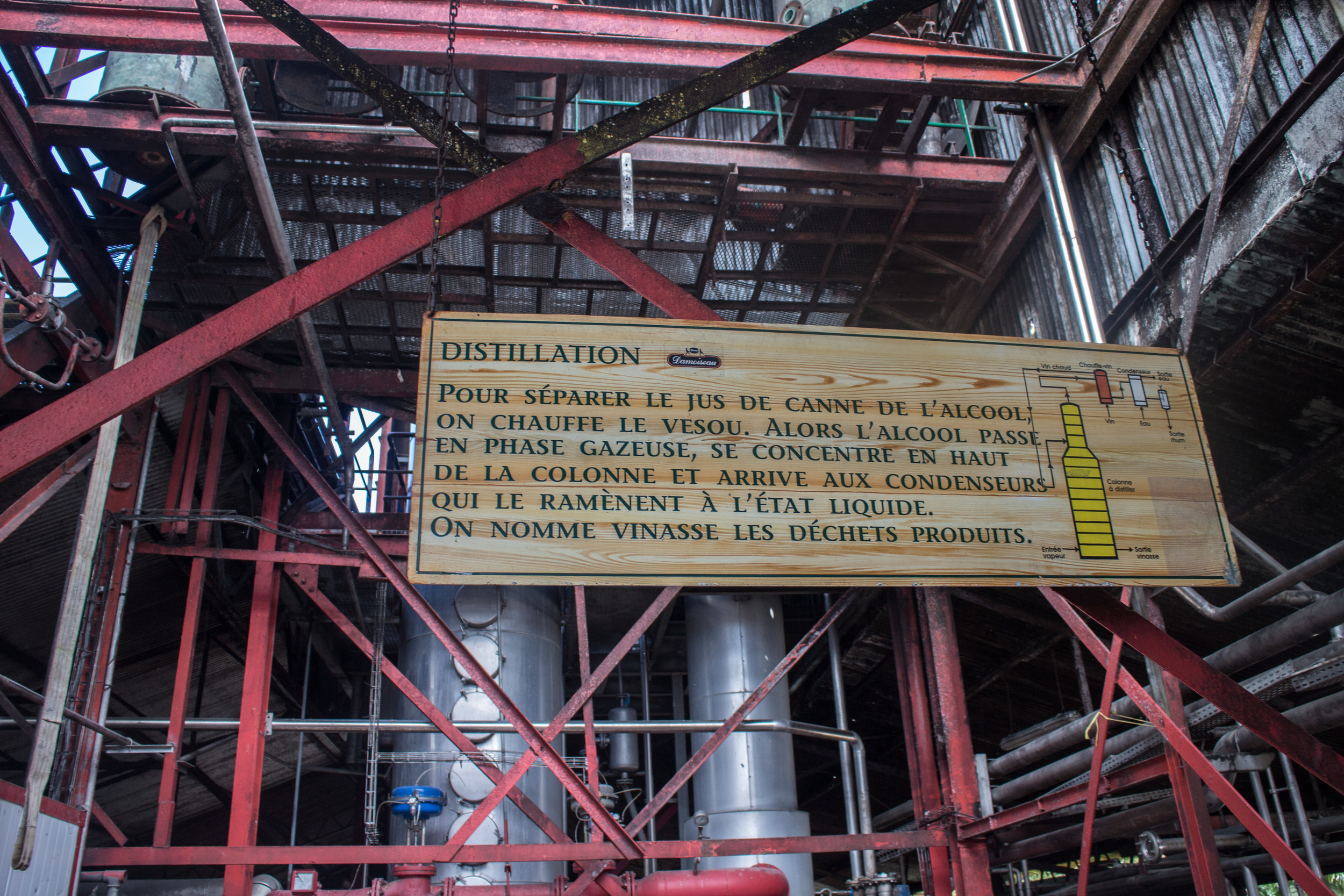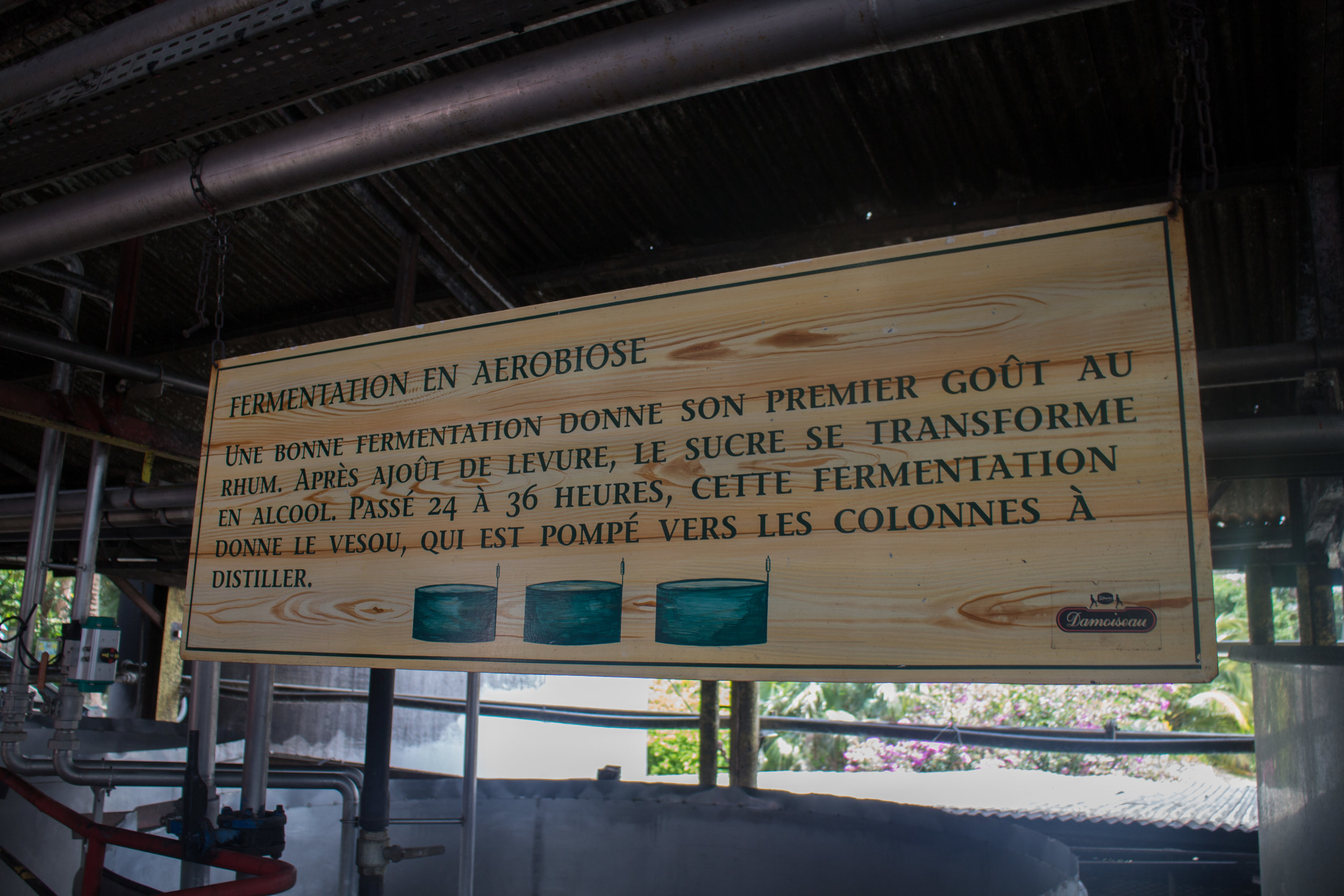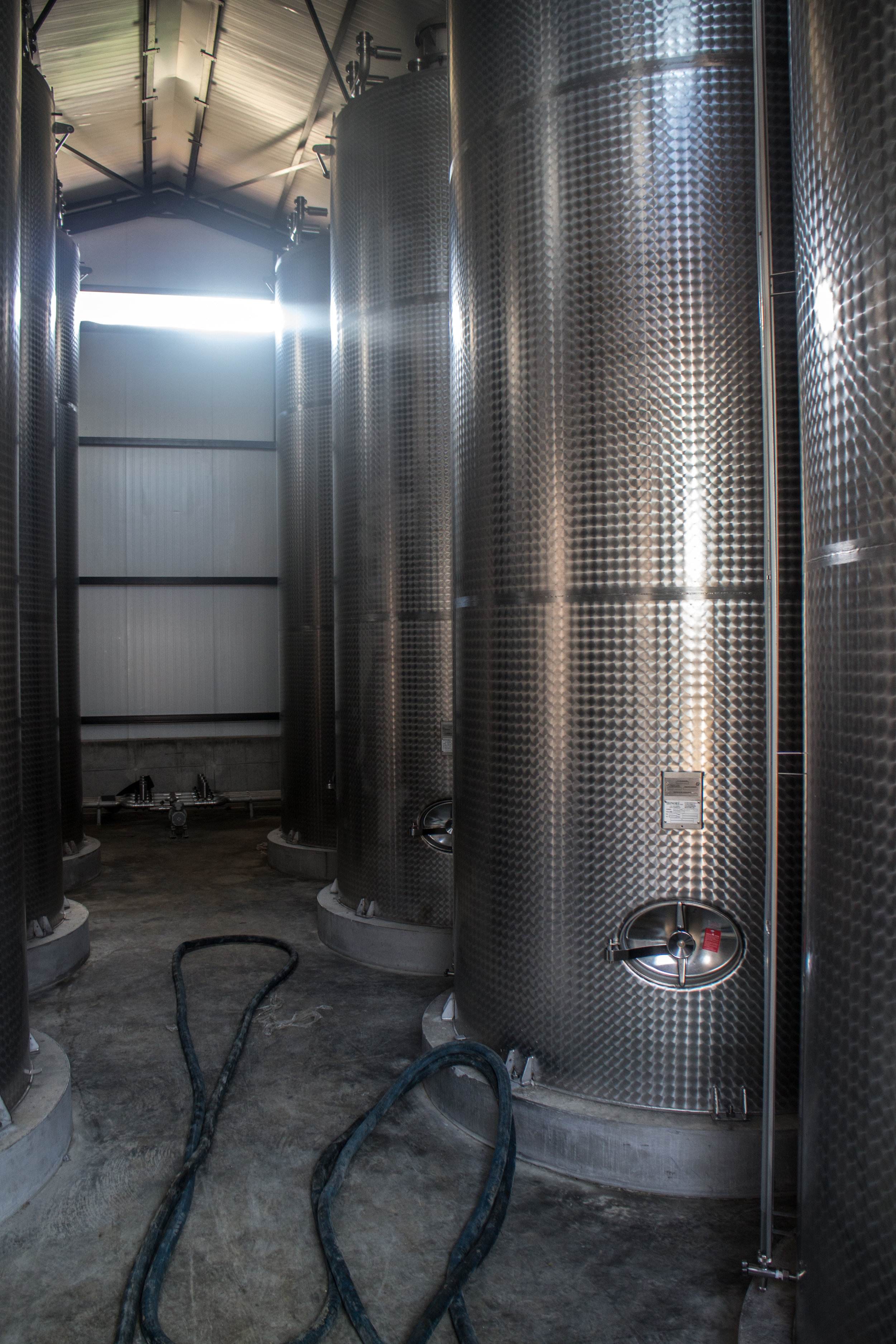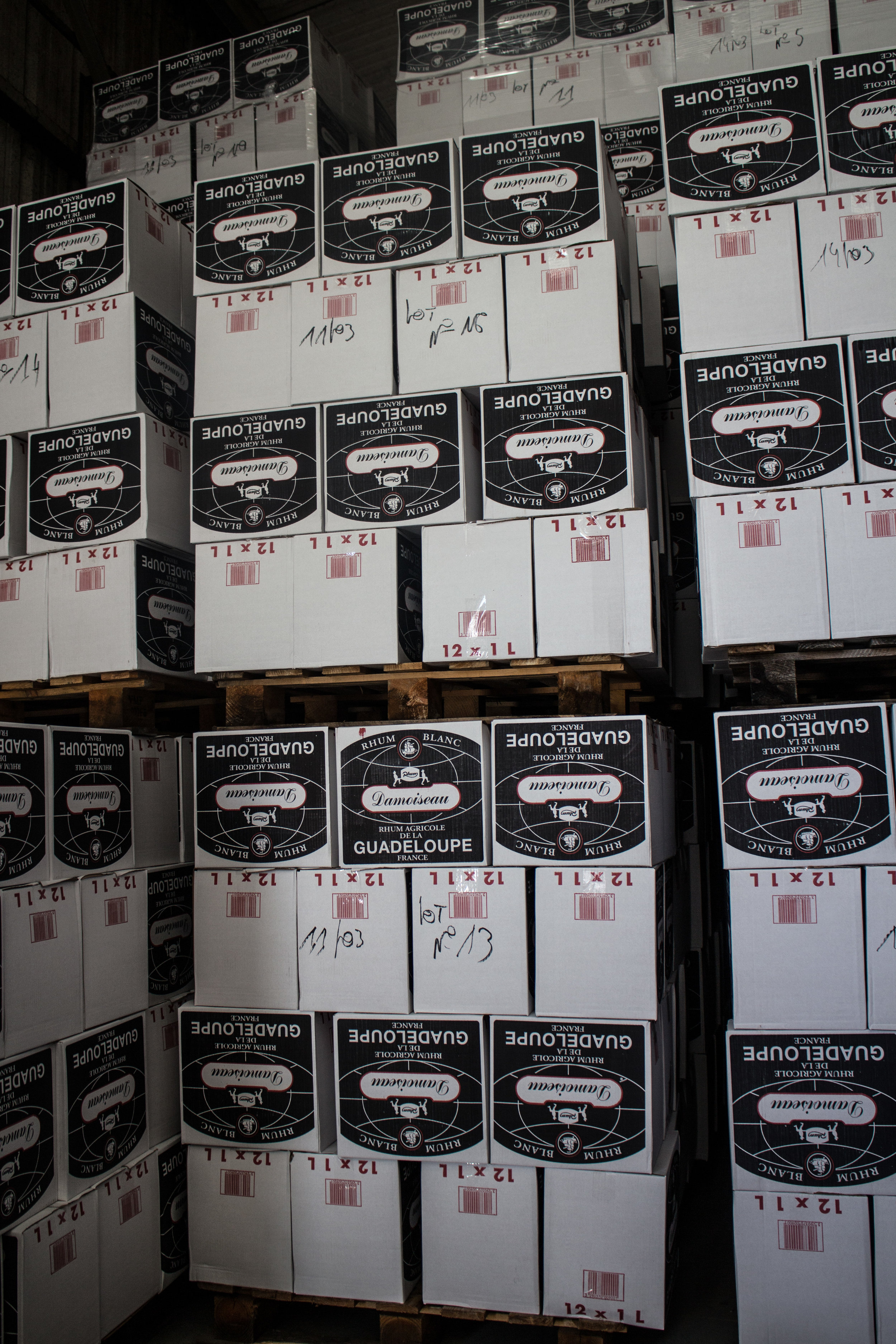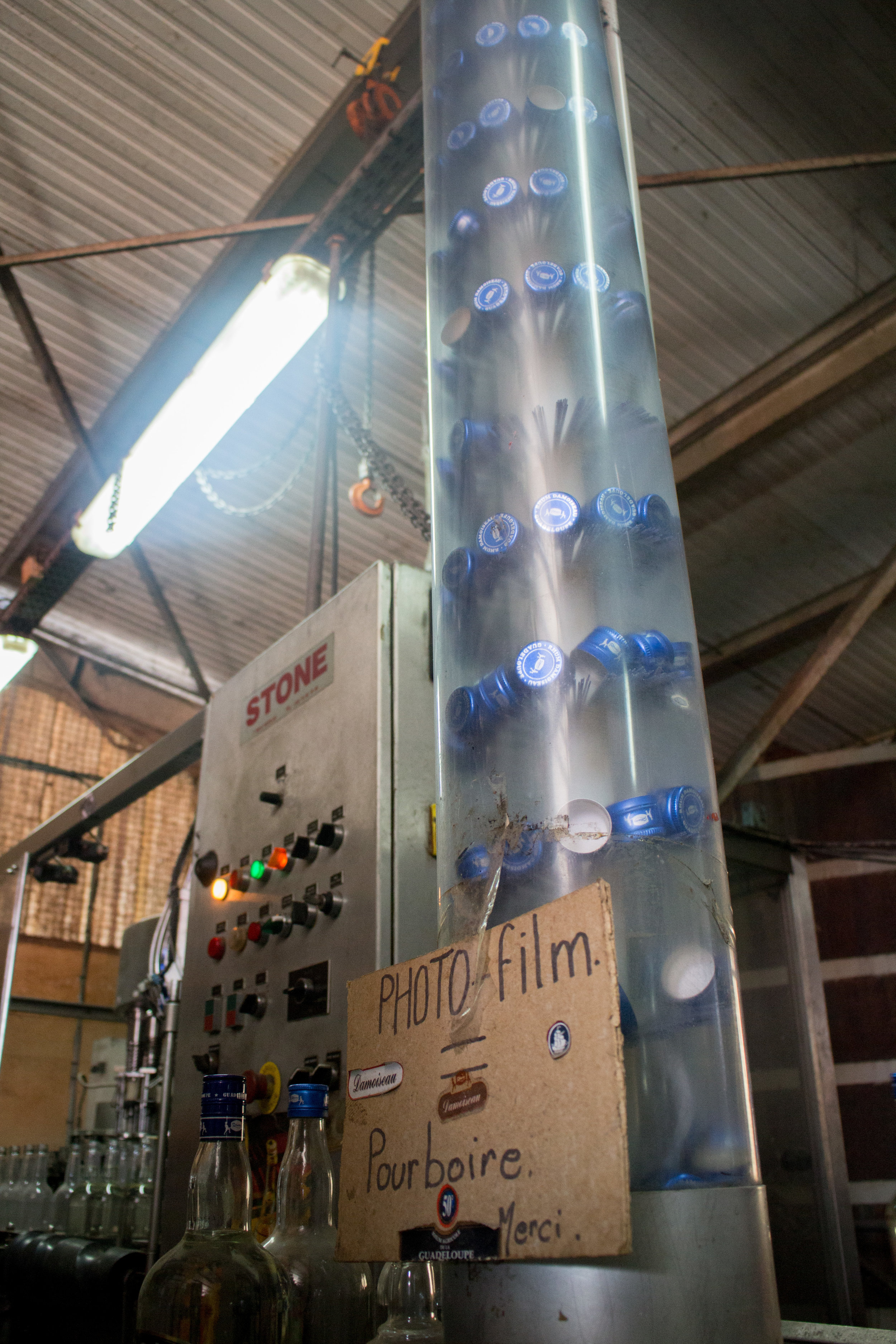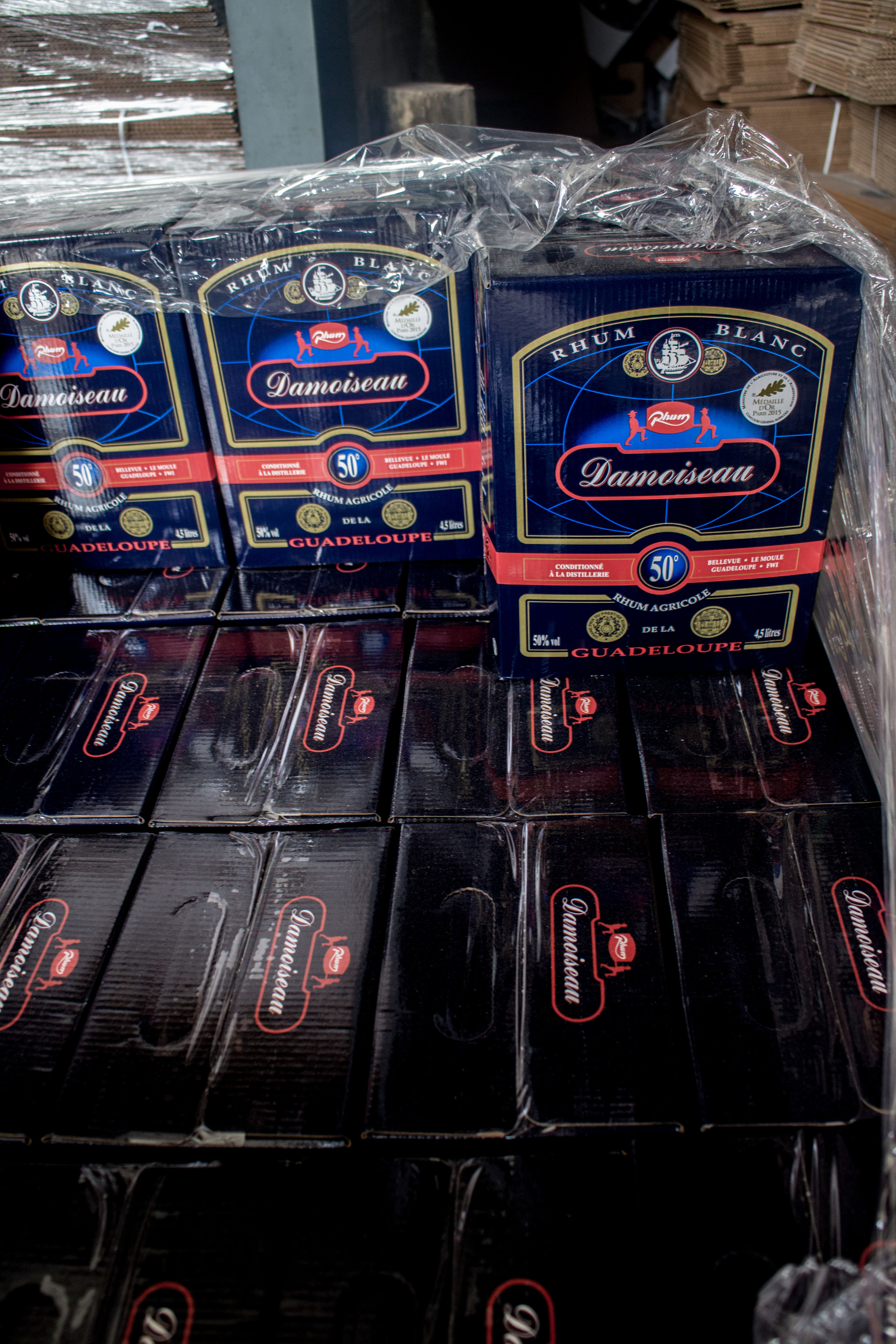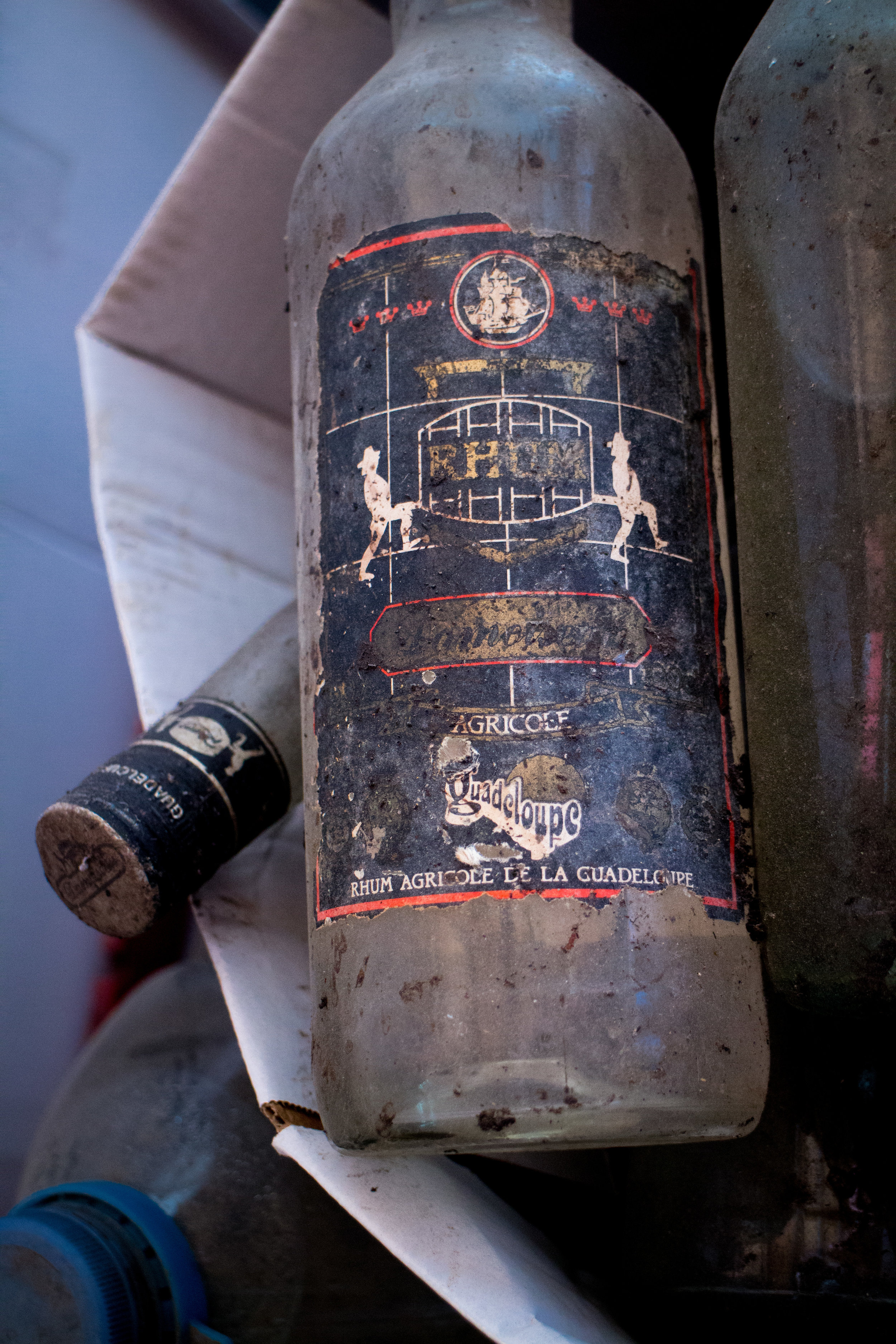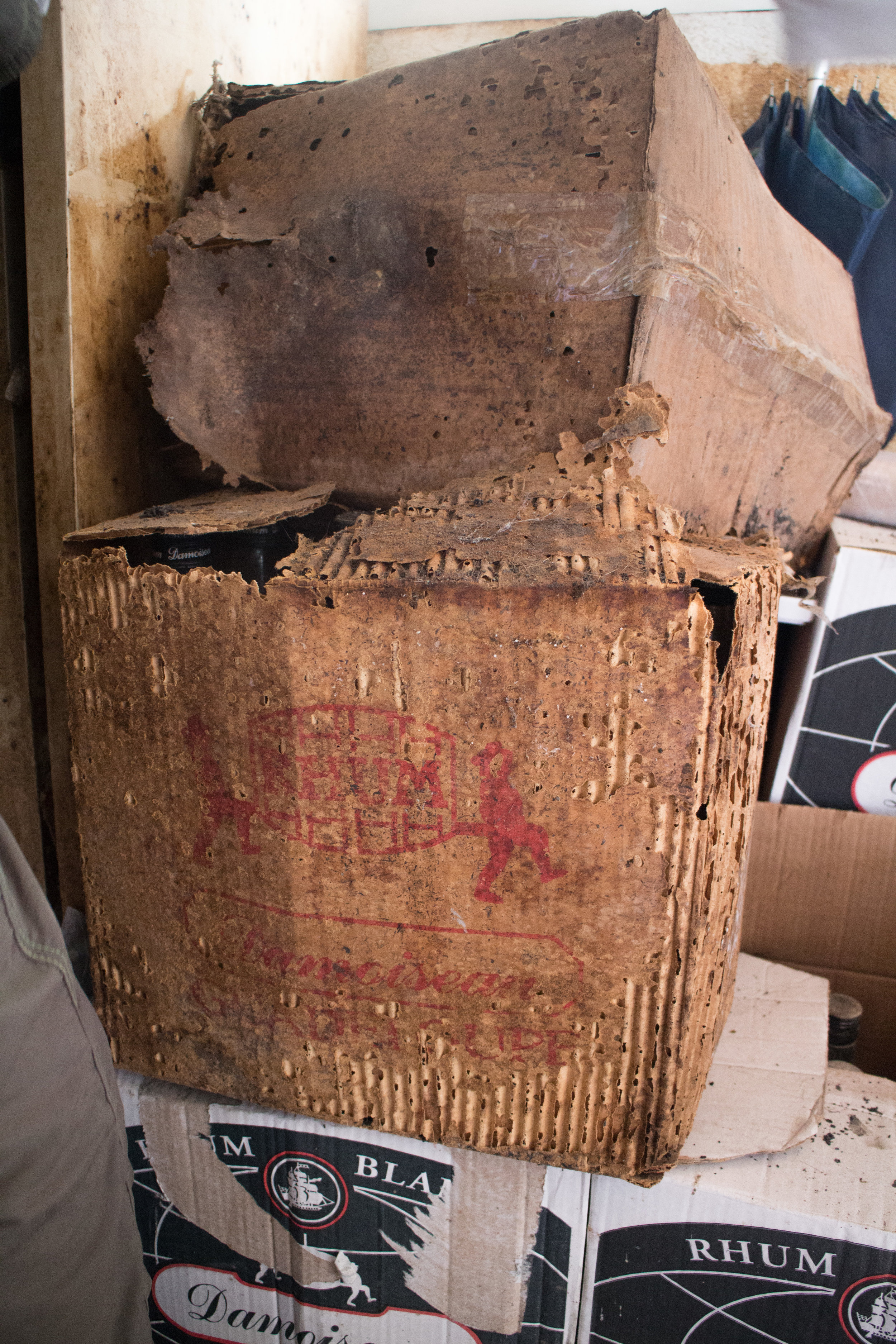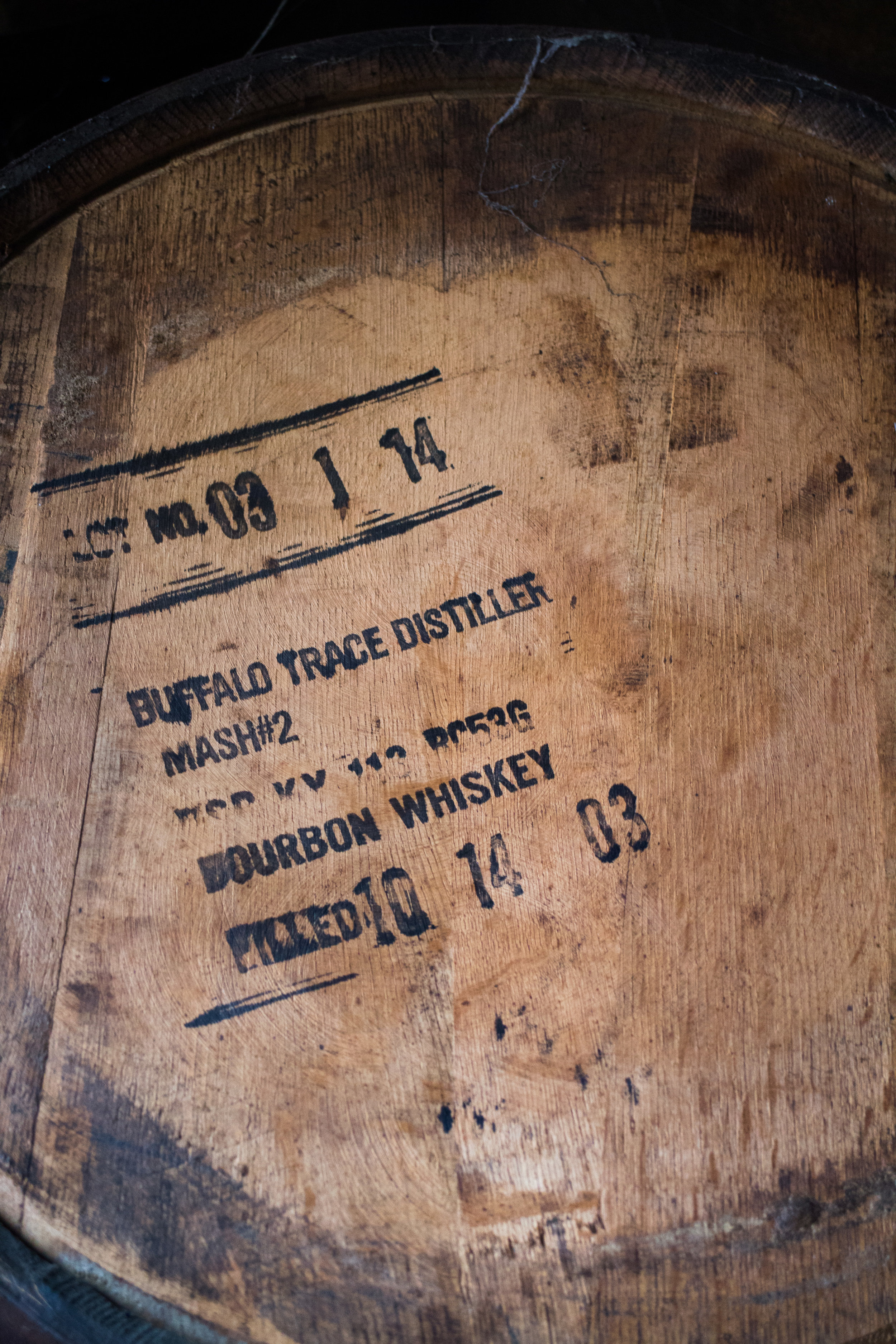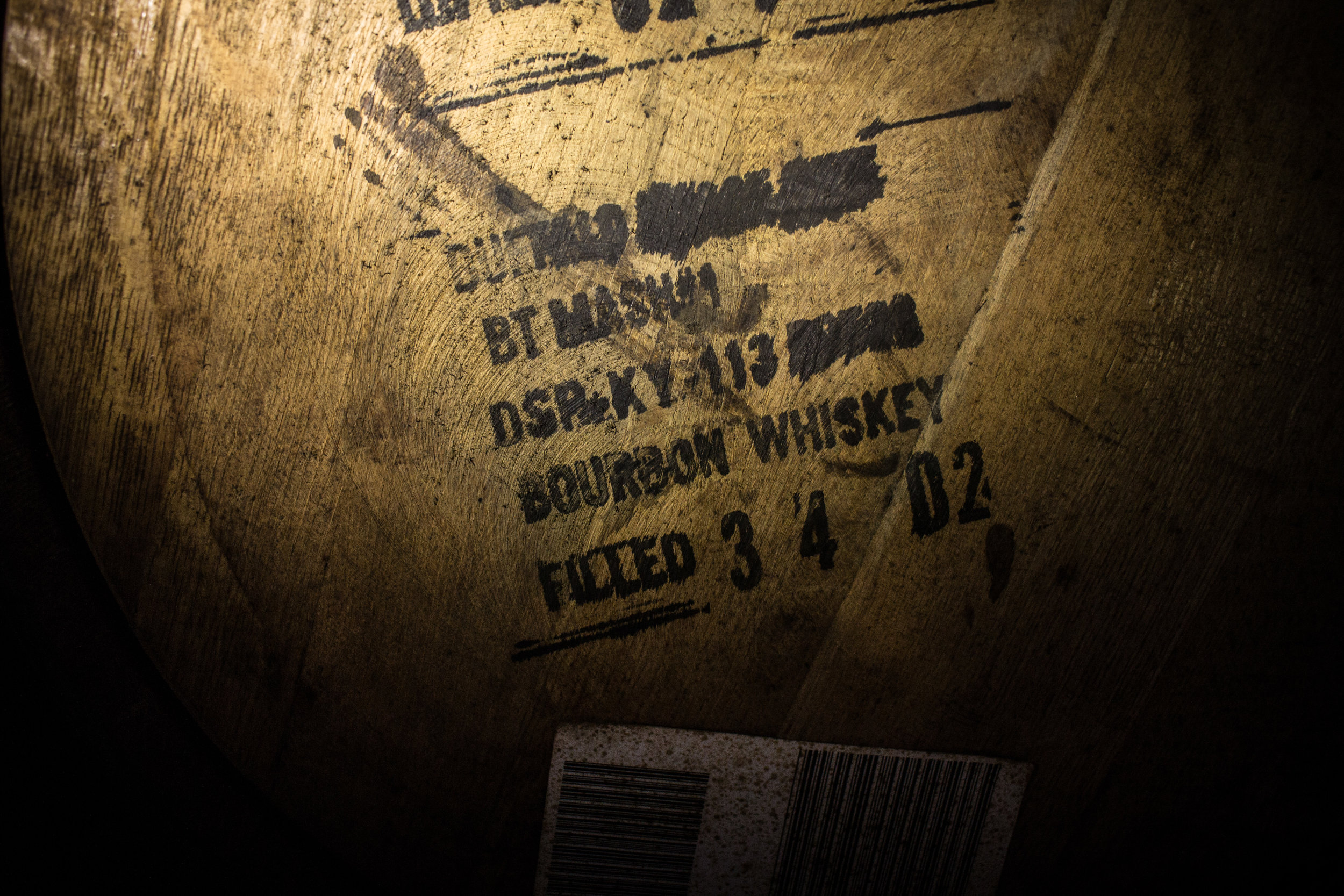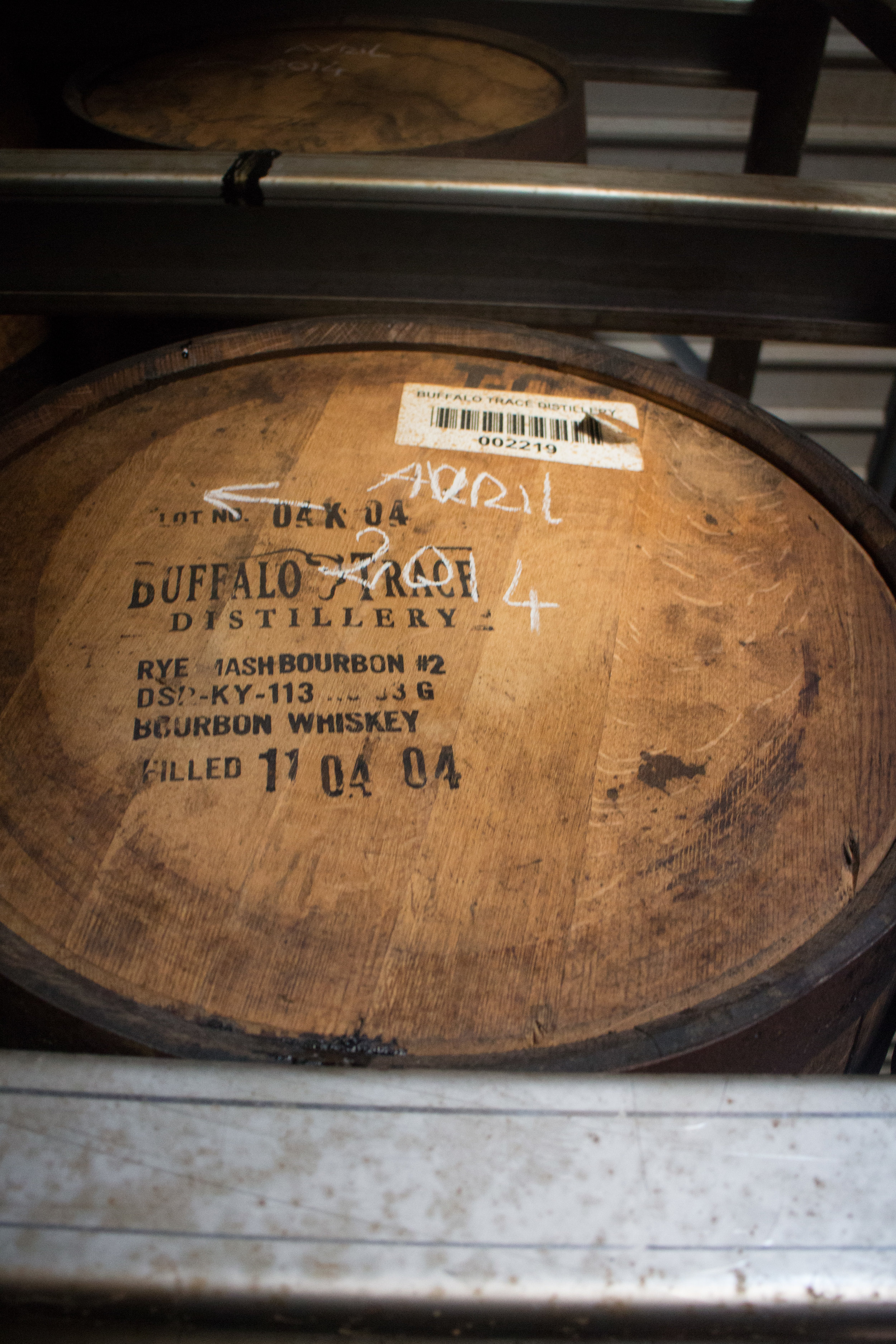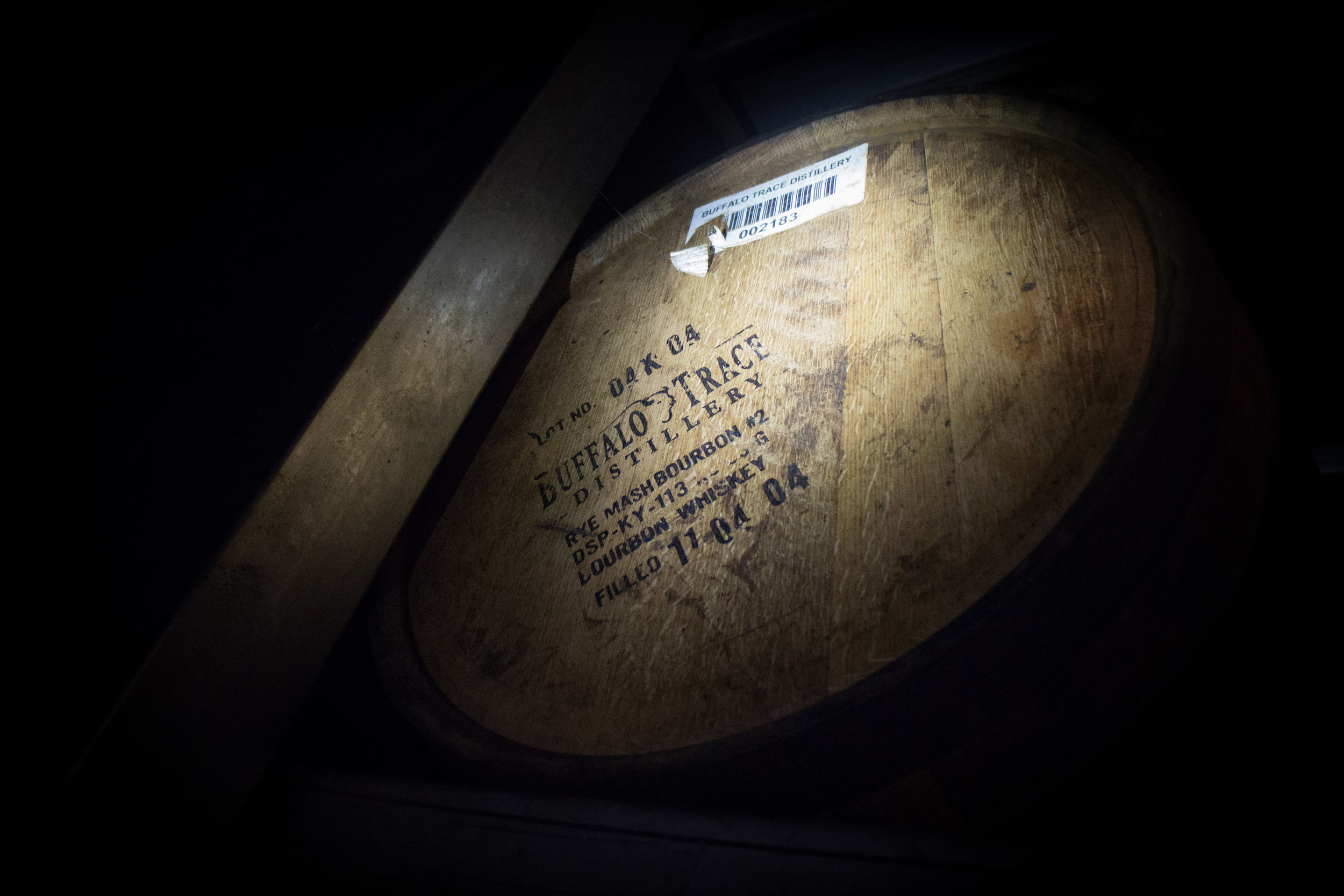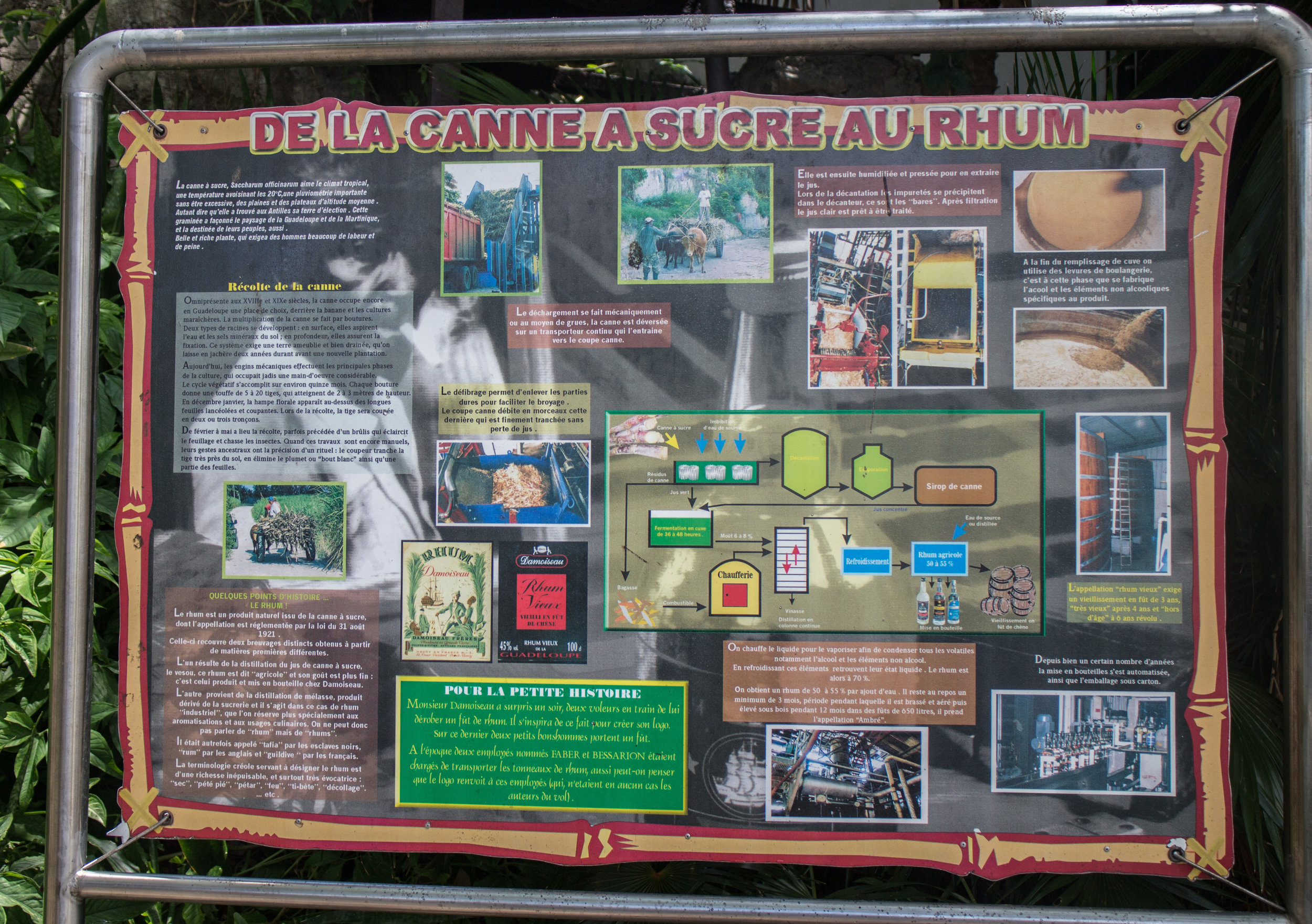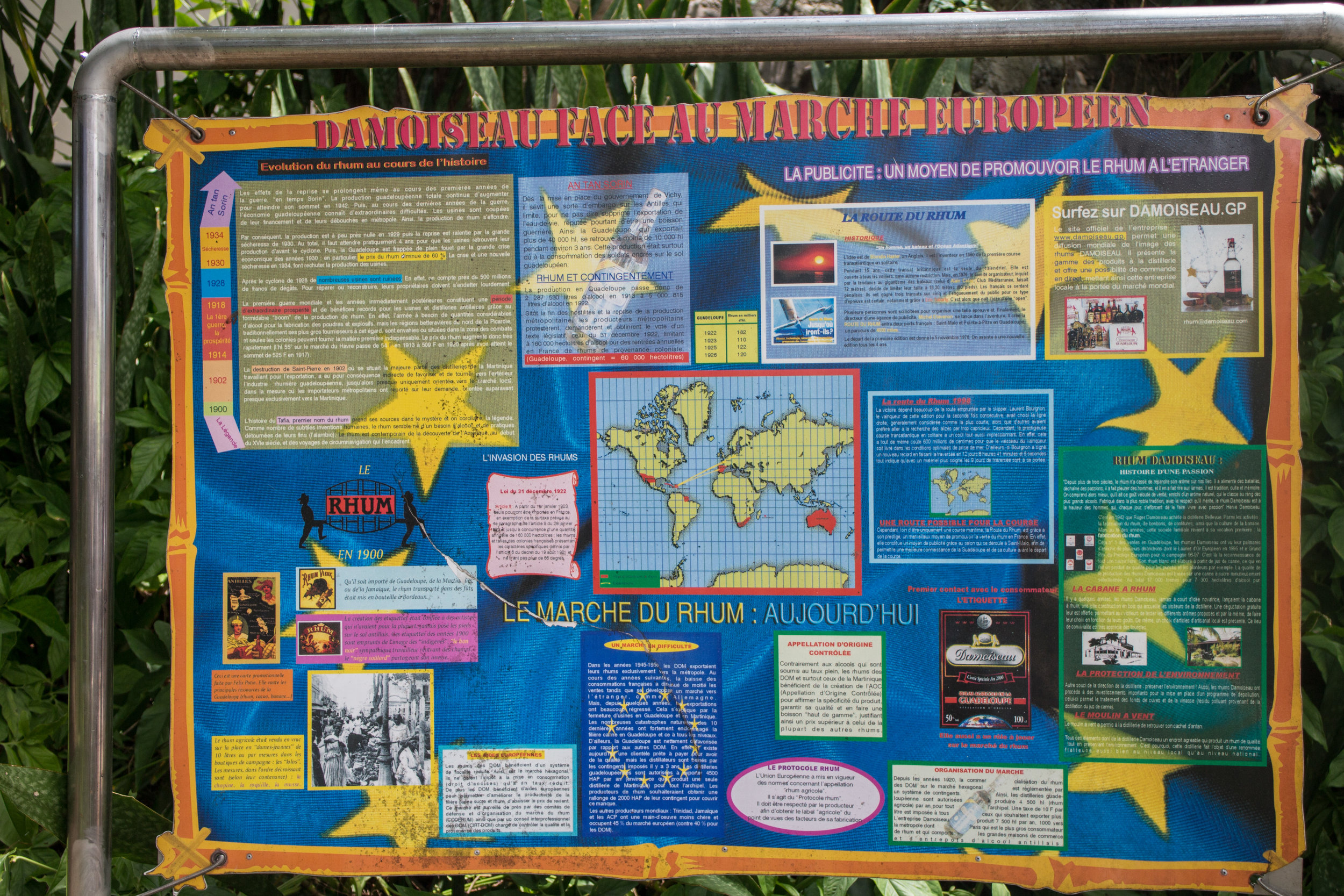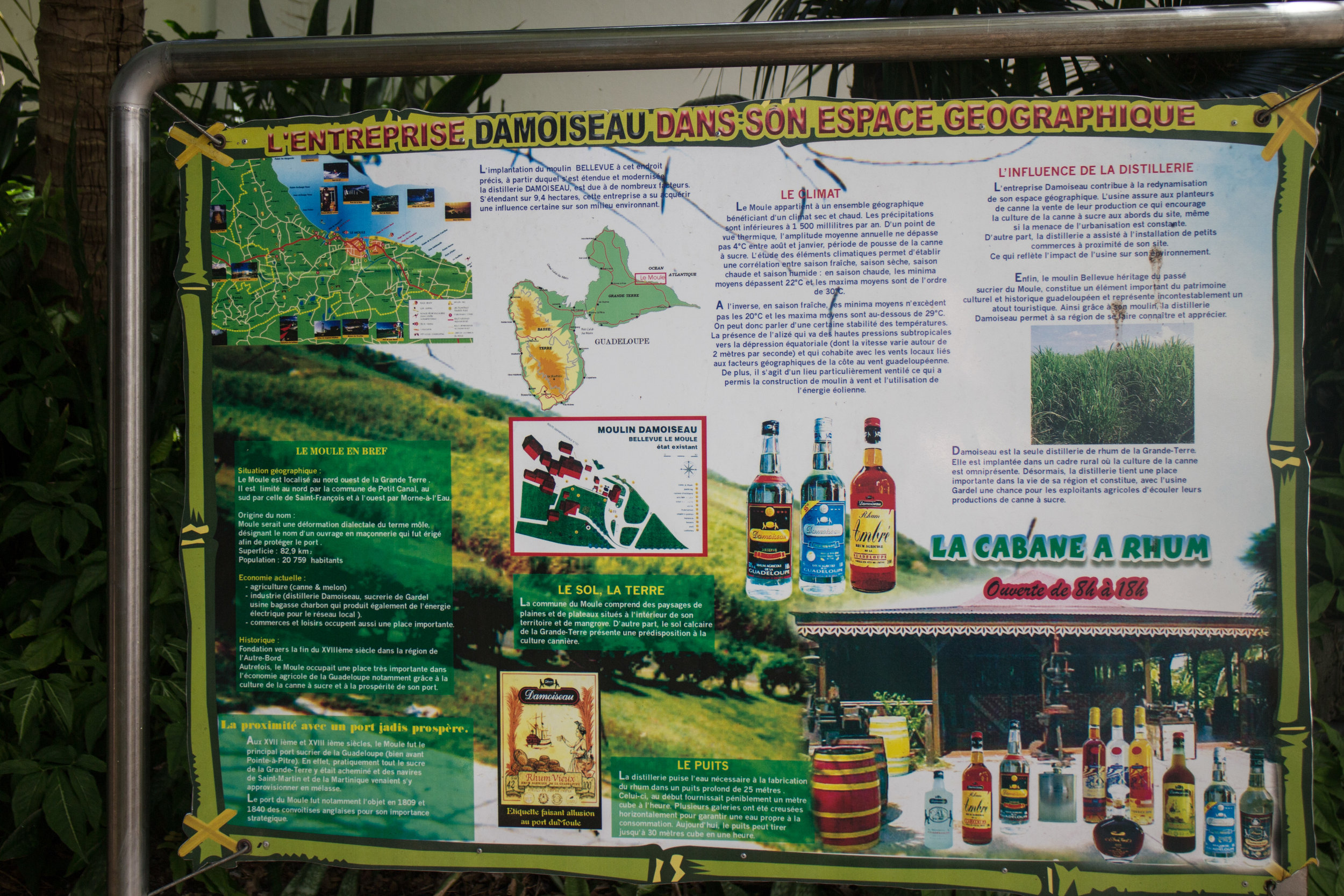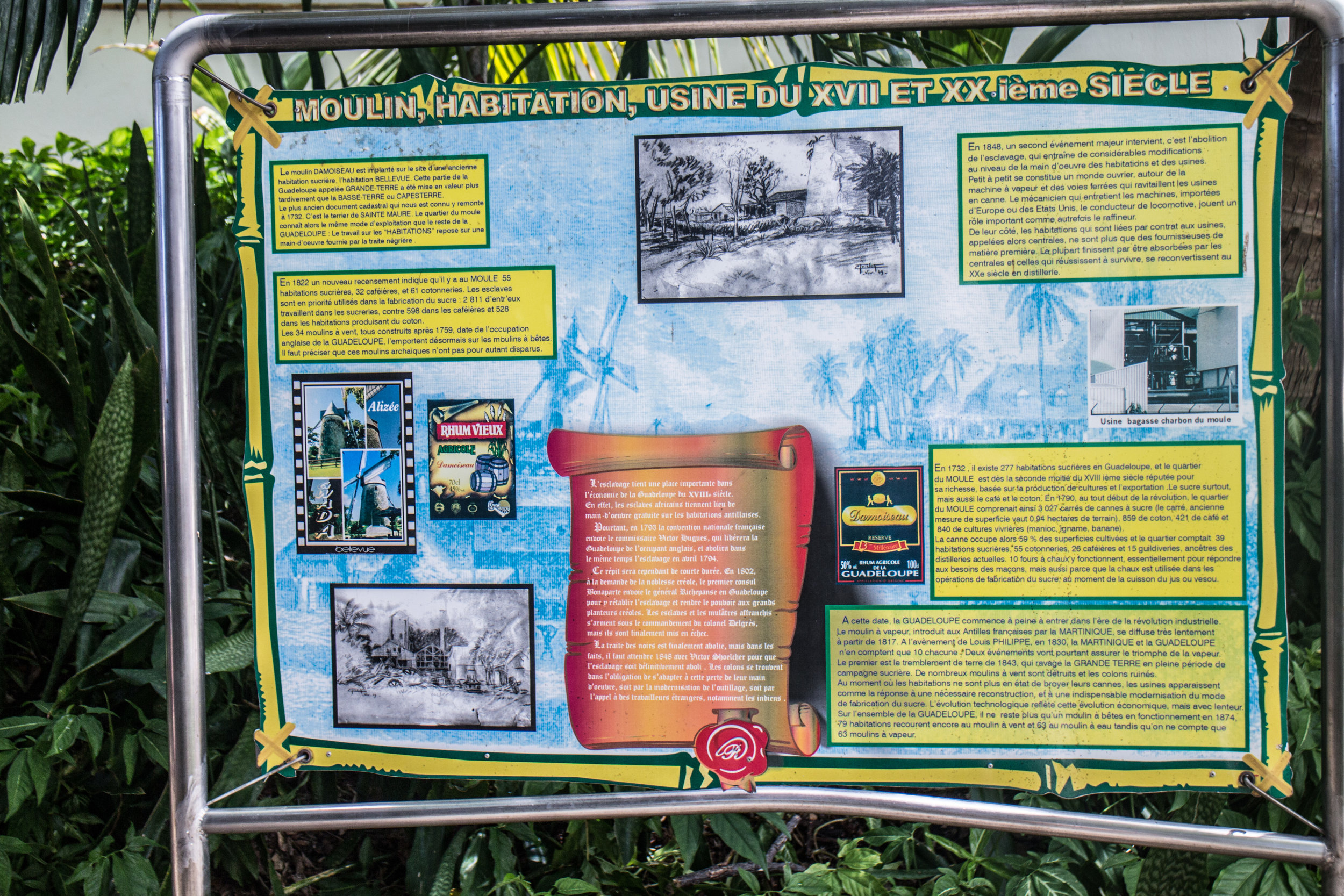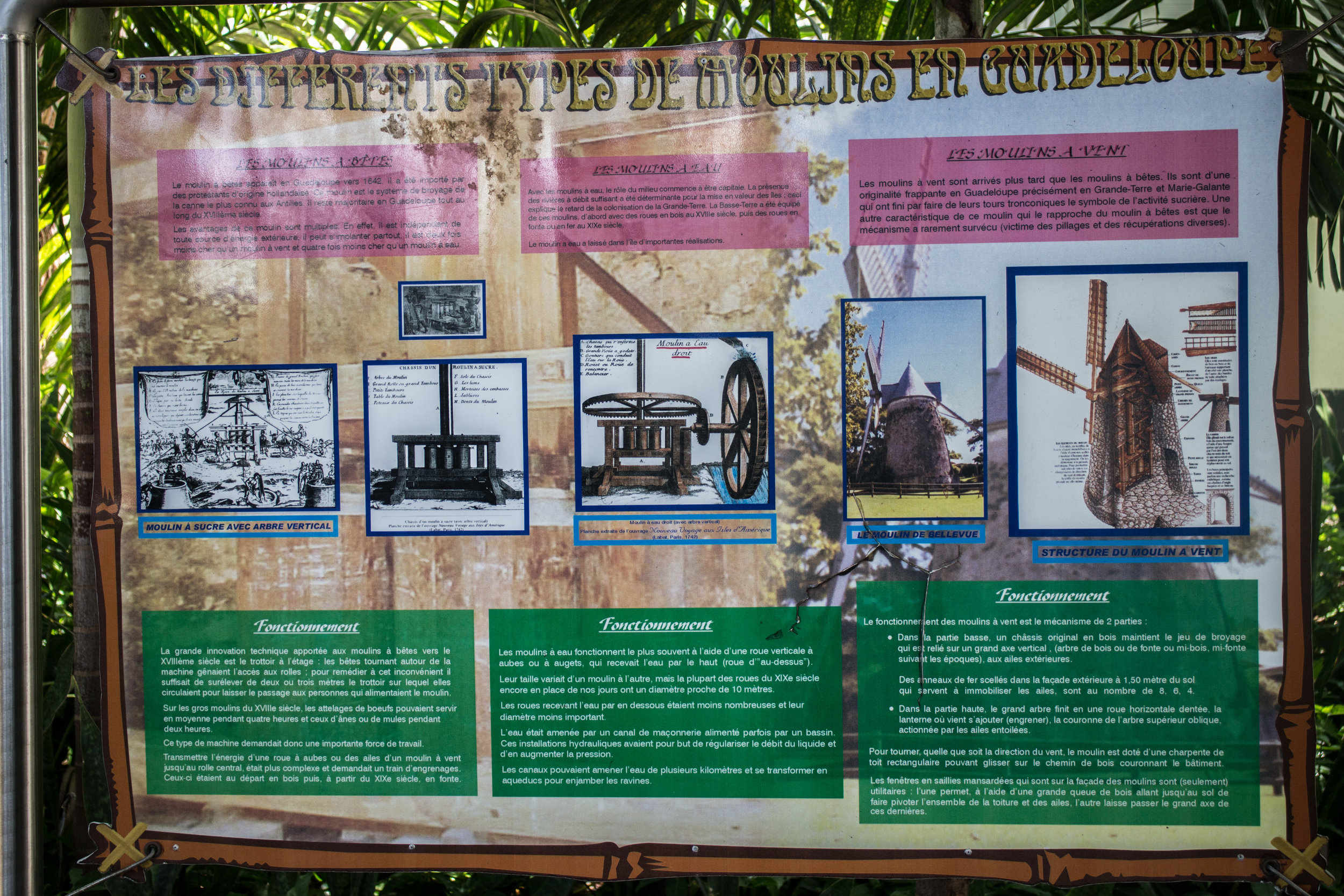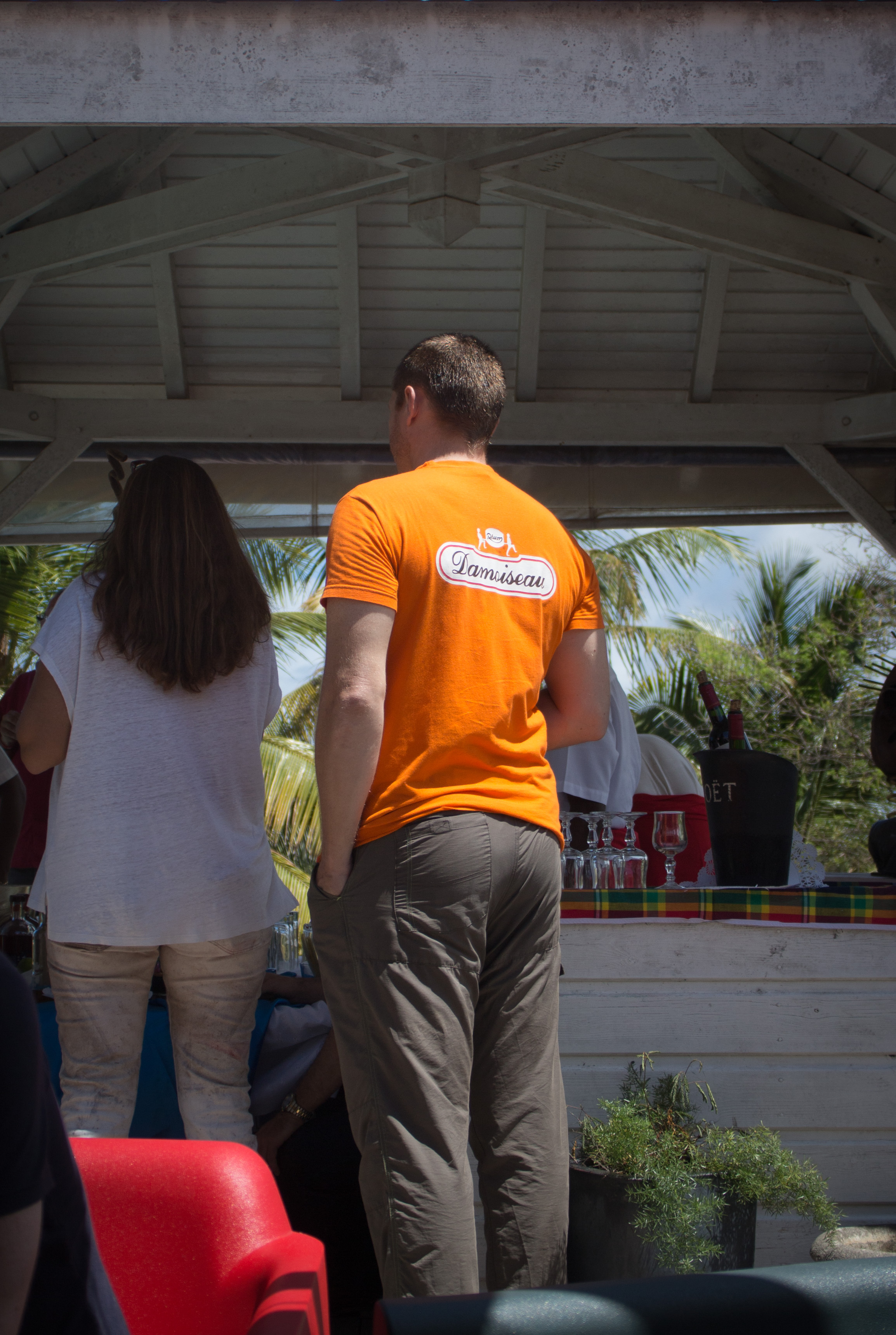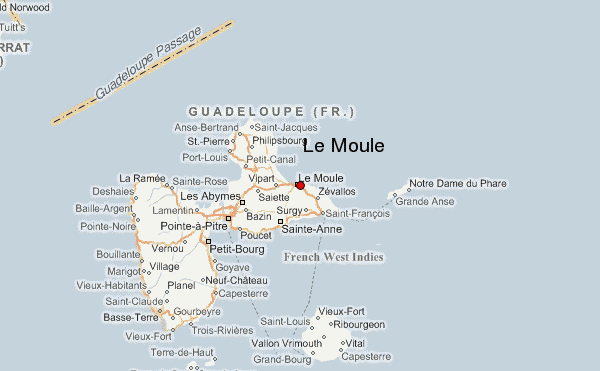Very frequently I am asked questions regarding the specific details of the rules governing the “AOC” (l'appelation d'origine contrôlée) of rhum agricole of Martinique. As you probably know, there is a set of regulations that set out very specifically how rhum agricole in Martinique must be made, where the cane may be grown, how it must be fermented, distilled, aged, etc., etc. These rules are decided upon by a special council of rhum producers and professionals, and must be adhered to strictly in order for the bottle to carry the special distinction of “Rhum de la Martinique, Appelation d'origine contrôlée.” Although these specific regulations and requirements are published, they are quite naturally in French, and are rather technical. Last year, my good friend Benoît Bail, of the Rum Embassy, The Agricole Tour, and founder of the French language Facebook group La Confrérie du Rhum, set out to translate the AOC Cahier des Charges into English. He has graciously allowed me permission to publish this translation for all of our benefit.
N.B.: This is a complete translation of the most current document, but on 29 December 2020, a revision to the Cahier de Charges was published by the AOC, increasing the geographical area on the island where cane is allowed to be grown. I will dedicate another post to these changes in the near future, and update this post accordingly when it is possible to do so.
SPECIFICATIONS
OF THE APPELLATION OF CONTROLLED ORIGIN
"Rhum de la Martinique"
Translated from the French - Cahier des charges de l'appelation d'origine controlee “ Rhum de la Martinique” - by Benoit Bail
Part I Data Sheet
A. NAME AND CATEGORY OF THE APPELLATION
Only can claim to the controlled label of origin "Rhum de la Martinique" (Rhum of Martinique), initially recognized by the Decree of 5 November 1996, agricole rums meeting the specific provisions set out below.
The controlled label of origin "Rhum de la Martinique" is registered in appendix III of the Regulation (EC) No 110/2008 of the European Parliament and of the Council of January 15th 2008 in the category of drinks spirits "rum" Annex II, point 1.
B. DESCRIPTION OF THE SPIRIT DRINK
Rums with controlled label of origin "Rhum de la Martinique" present, at the time of the marketing to the consumer, an alcoholic strength by volume higher than or equal to 40% and a volatile element content other than methyl and ethyl alcohol of 225 grams per hectolitre pure alcohol.
Rums with controlled label of origin "Rhum de la Martinique" completed with the mention "blanc" (white) are characterized by their clarity and lack of color, their low aggressiveness and their aromatic smoothness. Among the present aromas, we can notice fruity, floral, vegetal and spicy notes in particular.
Rums with controlled label of origin "Rhum de la Martinique" completed with the mention "vieux" (aged) are characterized by their dark between honey and mahogany color and roundness. Among the present aromas, one can particularly notice woody, fruity, spicy, empyreumatic and balsamic aromas. These rums have a minimum volatile content other than methyl and ethyl of 325 grams per hectolitre of pure alcohol, when marketed to the consumer.
Rums with controlled label of origin "Rhum de la Martinique" “élevé sous bois” (EBS) present characters related to their aging in wood from which the color. Among these, we can notice fruity, floral, vegetal, spicy, balsamic, empyreumatic aromas in particular. These rums have at least a level of volatile content other than methyl and ethyl alcohol of 250 grams per hectolitre of pure alcohol, when placed on the market for the consumer.
C. DEFINITION OF THE GEOGRAPHIC AREA
The production of plant material for replanting, harvesting and processing
sugarcane, distillation, ripening, EBS or aging of agricole rums, as well as bottling of agricole rums “vieux” are insured on the territory of the following municipalities,
by the exception of islets and rocks, on the department of Martinique:
Ajoupa-Bouillon, les Anses-d'Arlets, Basse-pointe, Bellefontaine, Case-Pilote, Le Carbet, Le Diamant, Ducos, Fond-Saint-Denis, Fort-de-France, Le François, Grand-Rivière, Gros-Morne, Le Lamentin, Le Lorrain, Macouba, Le Marigot, Le Marin, Morne-Rouge, Morne-Vert, Le Précheur, Rivière-Pilote, Rivière-Salée, Le Robert, Saint-Esprit, Saint-Joseph, Saint-Pierre, Sainte-Anne, Sainte-Marie, Sainte-Luce, Schoelcher, La Trinité, Trois Ilets, Le Vauclin.
The sugar cane is harvested on plots cultivated in the production zone delimited by cadastral section, parcels or parts of parcels, as approved by the National Institute of Origin and Quality at the meetings of the relevant national committee of May 22nd 1996, of February 27th and 28th 2001, of September 6th 2007 and of June 9th 2010.
The National Institute of Origin and Quality files with the town halls of the concerned municipalities the graphic documents establishing the parcel boundaries of the zone thus approved.
D. DESCRIPTION OF THE METHOD OF OBTAINING:
1. Plant material
The varieties of sugarcane belong to the species Saccharum officinarum and Saccharum spontaneum or from their hybridization.
They are the subject of acclimatization, multiplication and selection work in the geographical area a minimum period of 4 years before any use for the production of appellation of controlled origin rum "Rhum de la Martinique". Transgenic sugarcane varieties are prohibited.
2. Cultivation of the cane
The irrigation of sugarcane is limited to a maximum period of 6 months following the date of harvesting or planting. It is prohibited between December 1st and the date of harvest.
Any substance intended to help the maturation of he sugarcane is prohibited.
3. Harvesting of the cane
For a crop year, the harvesting period starts no earlier than January 1st and ends no later than August 31st of the same year.
4. Analytical criteria for cane juice
The juices extracted from the sugarcane have the following values:
• Sugar content higher than or equal to 14 ° Brix;
• pH lever higher than or equal to 4.7.
The Brix and pH values are calculated on the average of the loads of the day coming from the same parcel.
5. Yields of the cane and entry into production
The yield of a parcel results from the ratio between the weight of canes harvested on the plot and put into works at the distillery and the planted area of this parcel. This yield is less than or equal to 120 tons of sugarcane per hectare.
A parcel may come into production in the year following the year of the plantating. 6. Juice extraction
Before grinding by the mills, the canes are cut by cane cutters or defibrated by shredders, these two operations can be combined.
The extraction of the juice combines mechanical pressure and impregnation of the canes. The pressure is exerted on cold in horizontal mills. The imbibition is carried out exclusively at room temperature from water or juice from the last mills.
The juice is clarified by mechanical processes without heating or liming.
7. Conducting the fermentation
Fermentation of the juices is of discontinuous type, in open vats made of inert material with a maximum capacity of 500 hectoliters. Continuous fermentations and those in closed vats are prohibited.
The use of any enrichment of sugar techniques in the juice, in particular by adding by-products of the manufacture of sugar (syrup or molasses) is forbidden.
The maximum duration of fermentation is limited to 120 hours starting from the end of the filling of the vats with juice until distillation.
Fermented juices have an alcoholic strength by volume of not more than 7,5%.
8. Distillation
The distillation takes place between January 2nd and September 5th of the same year.
The traditional principle is continuous multi-stage distillation with reflux (distillation by column including a depletion zone and a concentration zone in which plates are installed ensuring the contact between the liquid and gaseous flows which go through them against the current).
The main features of the installations are:
• the heating of the fermented cane juice is carried out by direct injection of steam or by a boiler in which, the steam heats the vinasses via a tubular exchanger;
• the column is composed of:
• a depletion zone with at least 15 plates made of stainless steel or copper;
• an all-copper concentration zone with 5 to 9 plates;
• the diameters of the columns are between 0.7 and 2 meters in the zone of exhaustion; • The demotion is performed by one or more preheaters or water condensers.
Each installation includes a combination of cooler (s) and water condenser(s) that condense and cool the vapors. The condensates from these heat exchangers are directed according to different combinations either at the top of the concentration column or towards the casting.
The extraction processes on the liquid phase during distillation to change the partial concentration of the distillate in certain compounds (rectification) are prohibited.
Compounds deemed undesirable are demoted to the residue (vinasse) or removed to the atmosphere by degassing trumpets.
The agricole rums produced on a day show in the daily collector an alcoholic strength in volume: • higher than or equal to 65%;
• lower than or equal to 75%.
9. Aging rums
"Blanc" agricole rums are colorless and rest in vats for minimum 6 weeks after their distillation.
The agricole rums “élevé sous bois” are placed in oak containers and aged for at least twelve months, starting at the fill of the container.
"Vieux" agricole rums are aged in an oak containers with a capacity of less than 650 liters for at
least three years, starting at the fill of the container.
"Vieux" agricole rums for which the vintage of the distillation year is claimed are aged oak containers with a capacity of less than 650 liters for at least six years, starting at the fill of the container.
The minimum durations defined above are carried out without interruption, with the exception of necessary manipulations for the development of the products.
10. Finishing
Finishing methods are allowed so that their effect on the obscuration of the agricole rum is less than 2% vol.. Obscuration, in particular related to the extraction of wood or the adaptation of the color by the addition of caramel, expressed in % vol., is obtained by the difference between the real alcoholic strength by volume and the gross alcoholic strength by volume.
E. ELEMENTS CORROBORING THE LINK WITH THE GEOGRAPHICAL ENVIRONMENT
1. Description of natural factors and human factors of the link to the terroir
The geographical area extends on the island of Martinique. The tropical climate of Martinique is under the influence of very hot trade winds and ocean currents from the equator. With a wet and hot season between June and December and a drier season between January and May, this climate is very close in line with sugarcane production that requires temperatures above 20°C, important precipitation during the vegetative growth period and a period of moderate water stress during the ripening phase.
However, within the island, some areas are less favored for the production of sugarcane for agricole rum. As a result, a zone of sugarcane cultivation has been delimited within the geographical area.
This first marries the orographic and rainfall limits excluding the mountainous part and too much rain from the north of the island and mainly avoids soils with a strong hydromorphy in the first 50 centimeters, especially present at the bottoms of alluvial valleys and the soils of the coastal zones and mangroves with saline upwellings.
But within this defined area, we observe, according to the altitude and the exposure to the winds, a great diversity of climatic regions associated with many pedoclimats with various characteristics depending on the soil water reserve, precipitation regime and daily thermal amplitude. Each of these sectors in which sugar cane behaves differently, houses the cane supply of the distilleries of the island.
This cane supply is characterized by the presence of about fifteen varieties whose spatial distribution varies according to their adaptation to the pedoclimatic characteristics of each sector.
The know-how of the cane culture was mainly organized around the varietal selection (see historical elements) and the mechanization that accompanied the development of cane growing for decades.
2. Historical elements concerning the factors of the link with the soil
The cultivation of sugarcane begins in Martinique around 1640 (the Rouennais TREZEL gets there the monopoly of sugar manufacturing in 1639) and then developed under the impulse of Portuguese and Dutch emigrants. This production is exclusively carried out until the end of the 19th century in “habitations”, term which designates a production entity of sugarcane and its transformation and the place of life of all those who work there.
Plant material
Sugarcane was introduced in America with a variety called Creole Cane, which would have been the only one grown until the introduction, from Bourbon Island in 1785, of a new variety, called Othaite cane or Bourbon cane. Other introductions in the XIXth century succeeded the smaller Antilles.
At the end of the nineteenth century, the spread of cane by seedling developed and then the pollinations were able to be controlled, with the production of the first seeds from controlled fertilization of sugarcane flowers, in two agronomic research centers, one Dutch in Java, the other British in Barbados.
Thus appeared a profusion of varieties chosen empirically by the industrialists and the planters of which adaptation to local characteristics sometimes was catastrophic. To avoid the introduction in Martinique, of exogenous plant material, the Technical Center for SugarCane (CTCS) is created in 1952. Then in the 1960-1970's a control of the introduction and the varietal diffusion is established from the implementation of methodical varietal trials that allow monitoring of botanical, agronomic and technological characteristics of the new hybrids from more or less international breeding stations.
More than 600 varieties are compared at the CTCS station and every year fifty to a hundred new preselected clones are implanted. In that way, some 4000 hybrid varieties were tested in Martinique in the 2nd half of the 20th century.
Development of the rum industry in Martinique
From the 17th century, the molasses supplied by the refining of sugar was fermented and then distilled using of basic apparatus consisting of a boiler connected to a coil placed in a barrel of cold water. As elsewhere at that time, rum was essentially a cheap, throath burning sub-product in Martinique. Its export to the metropolis initially forbidden, will be strictly framed at the end of the eighteenth century and gradually liberalized in the early nineteenth century. In 1854, with the total deletion of duty taxes by the Government of Napoleon III, production and exports to the
metropolis explode to make Martinique the world's largest producer of rum in the last nineteenth century decade with over 220,000 hl at 55% vol.
In the 19th century, numerous technological innovations will revolutionize the production of rum in Martinique.
Emergence of agricole rum
The arrival of the first steam engines which increased the capacity of crushing sugarcane and to improve the extraction of sugar will change the sugarcane economy of the eighteenth century. These machines operating by the combustion of residues from the pressing of the sugarcane (the bagasse) will allow the establishment in the most accessible regions of real sugar factories, independent from hydraulic energy of rivers that was used until then. Between 1884 and 1896 a serious crisis of overproduction leads to the closure of the less competitive Martinique sugar plantations. Several of them, ruined by the loss of their outlets abandon the production of sugar for
which they are no longer competitive and then convert into the manufacture of rum, exclusively produced from the juice of the sugarcane. Thus begins the production of agricole rum which will take in Martinique a considerable boom while the Martinican sugar economy will have to suffer from competition from other islands with better sugar yields.
Installation of distillation columns
At the same time, the continuous distillation columns adapted to the materials used in France for the beet alcohol, so-called Creole columns, are gradually replacing in Martinique and Guadeloupe discontinuous potstills. These Creole columns have great advantages in terms of energy consumption, ease of use and, above all, production capacity, which allows to quickly treat fermented cane juice (or vesou) whose quality does not wait. On the other hand, as they are inferior to the stills to effect the splitting of impurities, the know how and specific distillation equipment will gradually be established to collect the esters on high boiling point, which contribute significantly to the formation of natural bouquets while eliminating the impurities which, by their unpleasant smell and taste, degrade the spirit. So the heating of the juice, of fermented cane to be distilled, will be strengthened by the use of powerful boilers or wine heaters with a high capacity, and the columns whose diameter is increased, will contain only a few concentration plates. On the other hand, the heating with the naked fire disappears in favor of the use of the steam resulting from the exhaust of the steam engines, which produce from the bagasse, the necessary energy for grinding sugarcane in each of the distilleries.
Analytical characteristics
At the end of WW1, the production of rum reached levels never equaled before. The rum, the only alcoholic beverage whose production has not been hampered by the fighting has been abundantly consumed in Metropolitan France and the distilleries have developed their production tools to cope with the request. Martinique, which in fifteen years has recovered from the destruction of Saint Pierre, remains the main rum supplier of the metropolis. But at the end of hostilities, the needs are no longer the same and overproduction is rampant. From this crisis, will come out a regulatory environment that will strongly orient the characters of the agricole rum of the French West Indies and mainly the agricole rum of Martinique.
In view of the fall of prices, producers are distilling alcohols to a very high level, which is less expensive to produce and transport. Under the pressure of other French regions producing spirits in 1922, the authorities restricted the entry into the metropolitan area of rum from the French West Indies, which was exempt from the taxes on foreign spirits. On the other hand, importation of high level rum is prohibited in order to protect the metropolitan industrial alcohol production industry that is reorganizing itself after the destruction of the war. In 1938, rum was defined by analytical standards, including a minimal amount of non-alcoholic elements which makes it possible to verify that spirits have not been distilled to a high level of alcohol. These parameters, maximum degree of distillation and minimum content of volatile substances are elements of the product definition since, still nowadays, national or local regulations originate from the 1938 text.
3. Elements related to the reputation of the product
Rum of Martinique is an agricole rum, obtained from the fermented juice of sugarcane. He thus presents analytical characteristics that distinguish it from molasses rums. Among the agricole rums, the Rum of Martinique presents original organoleptic characteristics.
The first agricole rums of Martinique are reported at the beginning of the 19th century, at the sugar refinery of Fonds Préville in the municipality of Macouba. The reputation of Martinican agricole rums is established at the 1855 World's Fair, as attested by the 1st and 2nd class medals respectively won by the martinicans Rousseau and Morin fils and Raboutet.
The rise of agricole rum generates various frauds which lead to the creation in 1895 of the agricole syndicate of Martinique by the agricole rum producers of Martinique. Its purpose was to maintain "the good name" of the agricole rum from Martinique while fighting against "the fraud that gives rise to its sale in France."
To this end, the syndicate has established certificates of origin which ensure that the sweet products of origin of the rum came exclusively from the sugarcanes of the mentioned plantation, and not from foreign molasses. This certificate allowed the beneficiary to affix the trade mark on the barrels and bottles constituting the certified batch.
This action was continued by the creation in 1935 of a specific syndicate which proposed rums in bottle with original guarantee and quality control by a tasting commission. This practice tasting has always been maintained and has been integrated in the heart of the control operations of the quality of the registered designation of origin.
After the Second World War, unlike the production of molasses rum which decreases due to the regression of sugar production, the production of agricole rum develops from the dynamism of the local consumption and the notoriety of the big brands in the old country.
Special case of aged rum
From the beginning of the twentieth century, Martinique began producing aged agricole rums under the impulse of Mr. Jacques BALLY. This production which quickly knew commercial success was quickly threatened by counterfeit products in France, suggesting through coloring and labeling that it has been aged in wood. To guarantee the presentation of rums aged in wood for several years in Martinique to the consumer, the producers started shipping already bottled rums, before the start of WW2.
The regulations made this condition obligatory by Decree 63-765 of July 25th 1963 used for application concerning rums, of the amended law of August 1st 1905 on the repression of fraud, who reserved the term aged for rums:
• Containing not less than 325 grams per hectolitre of pure alcohol of volatile substances; • Having aged for at least three years in oak barrels with a capacity of 650 liters at most; • Being bottled and labeled by an aging account holder.
In fact, the allocation of aging accounts, which used to be linked to a distiller's activity or aging warehouse, the conditioning of aged rums has always been done in the production area.
4. Causal link between geographical area, quality and product characteristics
The typicity of the AOC rum is the result of a combination of elements relating to the natural environment of the island and the history of traditional French Caribbean rum.
The production of sugarcane is favored by the climatic conditions of Martinique which allow both its vegetative growth during the wet season and its maturation during the dry season.
However, the topographic conditions of some isolated areas of the island have not allowed to follow the intensification of production demanded since the 19th century by the sugar industry. Thereby, some plantations have been forced to convert to agricole rum production.
This production of agricole rum has been able to develop thanks to technological innovations which arrived to the French West Indies, like the steam engine that works through the burning of the bagasse or the continuous distillation columns from Metropolitan France.
These columns have been adapted to take into account the specificities of fermented cane juice, which are themselves coming from the conditions of the fermentation and therefore from the climatic characteristics. The materials had to evolve in order to comply with the regulations governing traditional rum, established between 1922 and 1938 (maximum alcoholic strength by volume and minimum content of volatile substances) and specific know-how of distillation techniques developed in this particular context.
These regulatory constraints have also affected the conditions for the implementation of sugarcanes because in the extent to which it was impossible to raise the alcoholic strength by volume to get rid of the undesirable tastes, Martinique's distilleries had to act on the quality of the raw materials to produce agricole rums appreciated by the consumers. Thus, in the production of agricole rum, the presence of the distilleries is needed in the middle of the sugarcane fields to shorten the time between cutting and distillation and thus, avoid bacterial alterations and improve the quality of fermented cane juice.
Under the influence of the high ambient temperature and aging made in oak barrels, the aging is marked by strong evaporation, an acceleration of oxidation and of extraction of wood compounds giving the aged martinican agricole rum all its organoleptic characteristics.
Obligation of conditioning in the area of aged rums
The requirement of conditioning in the area guarantees the quality conferred by the requirements "aged" agricole rum: minimum aging period, maximum capacity of barrels, physico-chemical characteristics ... (see 3. Elements related to the reputation of the product). She avoids the transportation of rums by boat for several weeks to consumption centers. This transport in tanks necessarily interrupting before bottling, the obligation of aging barrels of small capacity required for "aged" rums, constitutes a risk to the identity and quality of these products and therefore for their notoriety.
Consequently, the conditioning in the area limits the handling and decanting of the rums, which constitutes, like the transport in vats, a risk of alteration.
Finally the conditioning in the area allows a reinforced control of the quality of aged rums, which would be difficult because of the distance between the places of production and selling markets. This control includes the monitoring of aging accounts and an analytical and organoleptic exam on bottled rums.
F. NAME AND ADDRESS OF THE SYNDICATE
Syndicat de Défense de l’Appellation d’Origine « Rhum Agricole Martinique »
Usine SOUDON
Route du Vert Pré
97232 Le Lamentin
tel : 05 96 51 93 35
aocmartinique@codermq.com
G. POTENTIAL REQUIREMENTS UNDER LOCAL AND / OR NATIONAL PROVISIONS H. POSSIBLE ADDITIONAL GEOGRAPHICAL INDICATIONS OR LABELING RULES
The rums for which is claimed the controlled label of origin "Rhum de la Martinique" (Rhum from Martinique) does not may be offered for sale or sold without the abovementioned appellation being registered and accompanied by the "appellation d'origine contrôlée" (Controlled designation of origin) or "appellation contrôlée", all in very visible characters.
The word "agricole" must appear on the labeling in the same field of view as the controlled label of origin "Rhum de la Martinique".
The controlled label of origin "Rhum de la Martinique" is obligatorily completed with the mentions "Blanc" (White) or "Vieux" (Aged) for rums meeting the production conditions laid down for those particulars in these specifications.
No denomination implying aging may appear on the labeling of other Rums of Martinique as "vieux" rums.
The words "blanc" or "aged" are included in the same field of view as that of the appellation of controlled origin and in character dimensions not to be superior in height and width to those of the characters composing the name of the appellation.
The following information relating to a length of aging can not complete the word "vieux" if the minimum periods defined below aren't carried out without interruption with the exception of
necessary manipulations for the development of the product:
• the mention "VO" for agricole rums aged at least 3 years;
• "VSOP", "Réserve Spéciale", "Cuvée Spéciale", "Très Vieux", for agricole rums aged at least 4 years;
• "Extra Vieux", "Grande Réserve", "Hors d'Age", "XO" for agricole rums aged at least 6 years.
On movement documents, invoices and any commercial document mentioning the AOC "Rhum de la Martinique" in aged rums, must be mentioned at least the age of the shipped rum, or one of the above designations.
In any drink, when an agricole rum benefiting from the controlled label of origin "Rhum de la Martinique" is used in conjunction with another rum, the mixture thus obtained loses the right to benefit of the said appellation of origin.
Part II Reporting Obligations and Registrations
1. Reporting obligations
Operators make the following declarations:
Declaration of Plot
Agricole rums benefiting from the controlled label of origin "Rhum de la Martinique", come from sugarcanes harvested in parcels located in the production area defined in C and subject to a declaration of parcel assignment.
This declaration shall be sent to the defense and management body before January 1st preceding the period of harvest. It includes the producer's references, the cadastral references of the parcels, the planted area and cultivated varieties.
Any modification of the parcel must have been declared at the latest on the 1st of January preceding the period of harvest.
Declarations of start and finish, interruption or resumption of distillation works A copy of these declarations provided for by the general regulations shall be sent within the same time to the defense and management organization. The total amount claimable per campaign is annexed to the end of works declaration.
Declaration of Claim
This declaration is sent to the defense and management body each year no later than February 10th of the year following the distillation period.
It recapitulates the quantities in volumes and in pure alcohol of rums under AOC "Rhum de la Martinique"
elaborated from their distillation.
It divides these rums into different categories: "blanc", élevé sous bois, "vieux". It indicates the possibly downgraded or reallocated volumes in any of these categories during the year.
Each claim includes for the concerned quantity in particular the following references: • distillation period;
• volume in hl of pure alcohol;
• cellar reference;
• list of cane plots implemented;
• weight of canes received per plot.
Declaration of setting in aging
This statement shall be transmitted to the defense and management body no later than the time of transmission statement of claim. It includes the dates and place of distillation of rum as well as the address of the cellar, the capacity of the used cellar, the volume and the alcoholic strength by volume from the agricole rum put in aging.
2. Record keeping
Reception register of sugarcanes
This register includes the following elements: delivery date, carrier identification, planter reference, plot reference, weight, analytical characteristics (pH and Brix level)
Fermentation register
This register includes in particular the following elements: tank number, date and time of tanking, volume of cane juice put into fermentation.
Distillation register
This register includes the following elements: date and time of beginning and end of distillation, references of distilled vats, alcoholic strength by volume of distilled vats, quantity and alcoholic strength by volume of the agricole rums obtained (in the daily collector)
Recapitulative register of aged rums and their cellars
This register includes the following summary elements: total volume of aged rums and total volume of rums aging and total capacity of their cellars.
Monthly entry and exit register of distilled rums
This register includes at least the following elements: entries, exits as well as initial and final stocks rums of each category and additional mention in pure alcohol.
Each breakdown of the quantities engaged by category (“blanc", "vieux", élevé sous bois) is the subject of a specific line for the registration of movements.
The registers and declarations provided for by the general regulations, in particular the Monthly Summary Declaration for Customs (DRM), annual inventory or material accounting books can be used for the presentation of these data.
Part III Main points to be controlled and evaluation methods
Main points to control
Evaluation methods
Area of production, harvesting, processing, distillation, maturation, aging of agricole rums, and conditioning of "aged" agricole rums
Documentary review
Fermentation equipment (vat room)
Distillation equipment (composition and sizing of columns)
Visual inspection and / or documentary review
Maximum yield
Documentary review
Harvesting period
Documentary review
Brix level and pH: minimum values of juice extracted from sugarcanes
Measures
Maximum ABV of fermented cane juice
Documentary review
Analytical distillation characteristics: minimum and maximum ABV
Analytical checks
Maximum capacity of barrels of "aged" agricole rums
Documentary Review and / or Visual Inspection
Minimum duration of the maturation phase, or aging in wood
Document Review and / or Counting the amount of accomodations
Organoleptic characteristics of "blanc" rums and élevé sous bois rums
Organoleptic examination
Organoleptic characteristics of "aged" rums
Reinforced organoleptic examination on packaged products
Analytical characteristics of "blanc" rums and élevé sous bois rums
Analytical review
Analytical characteristics of "aged" rums
Enhanced analytical review on packaged products
References concerning control structures
Institut National de l’Origine et de la Qualite (I.N.A.O.)
12, rue Henri Rol-Tanguy
TSA 30003
93555 - MONTREUIL-SOUS-BOIS CEDEX
Tél : (33) (0)1.73.30.38.00
Fax : (33) (0)1.73.30.38.04
Email: info@inao.gouv.fr
Verification of compliance with these specifications is carried out by a third party organization offering guarantees of competence, impartiality and independence under the authority of INAO on the basis of an approved inspection plan.
The inspection plan recalls the self-checks carried out by the operators on their own activity and the internal controls carried out under the responsibility of the defense and management body. It indicates the external controls performed by the third party as well as the analytical and organoleptic examinations.





